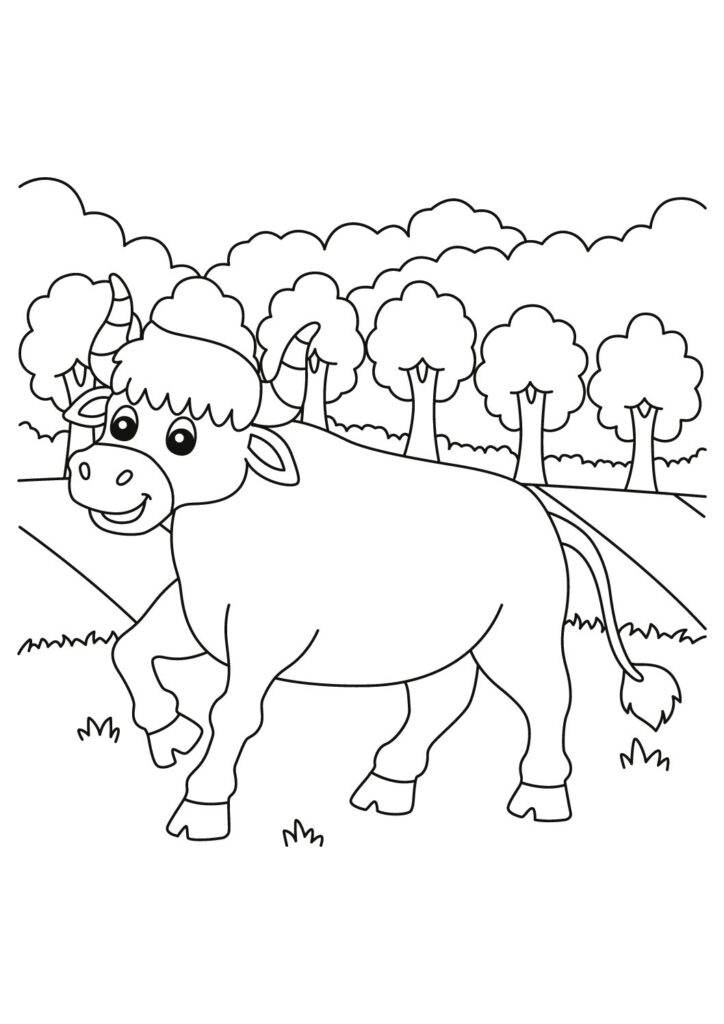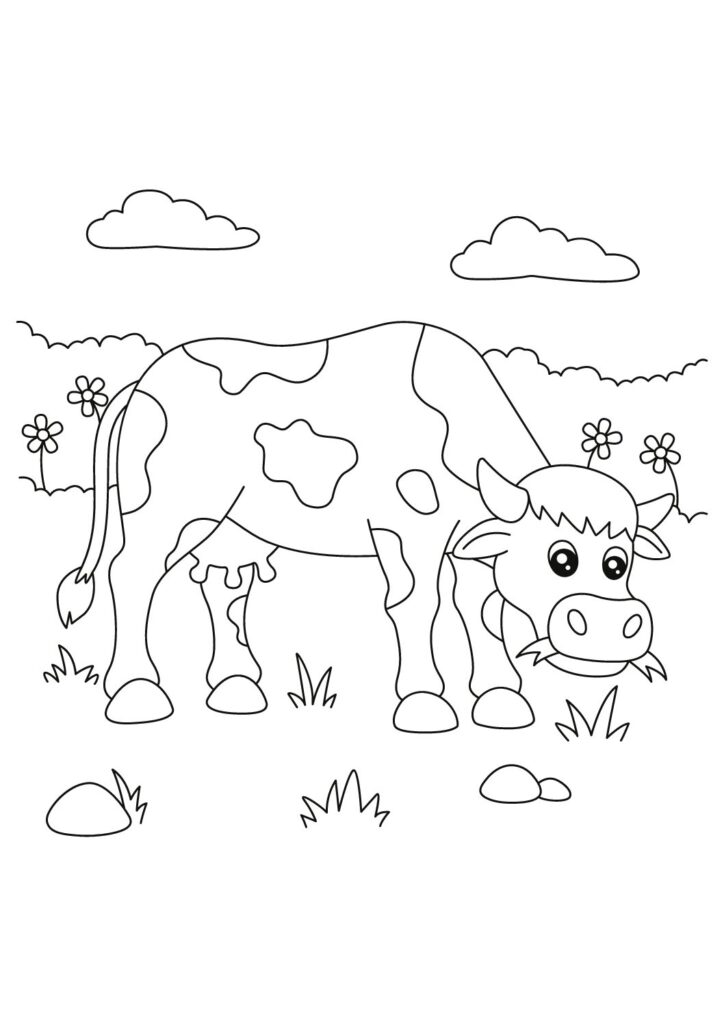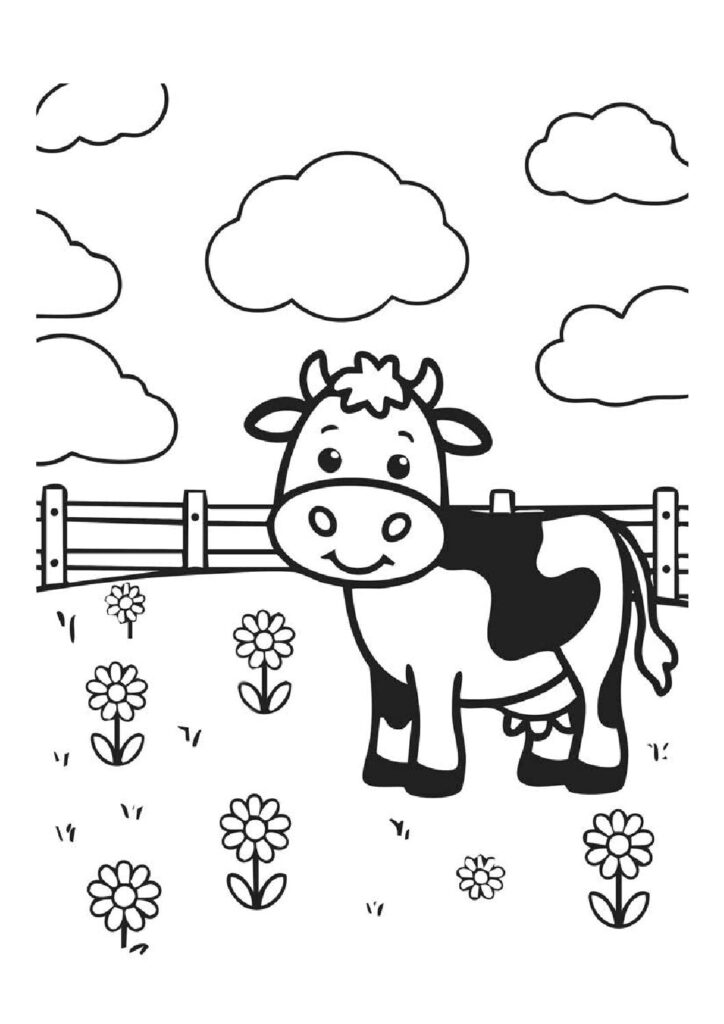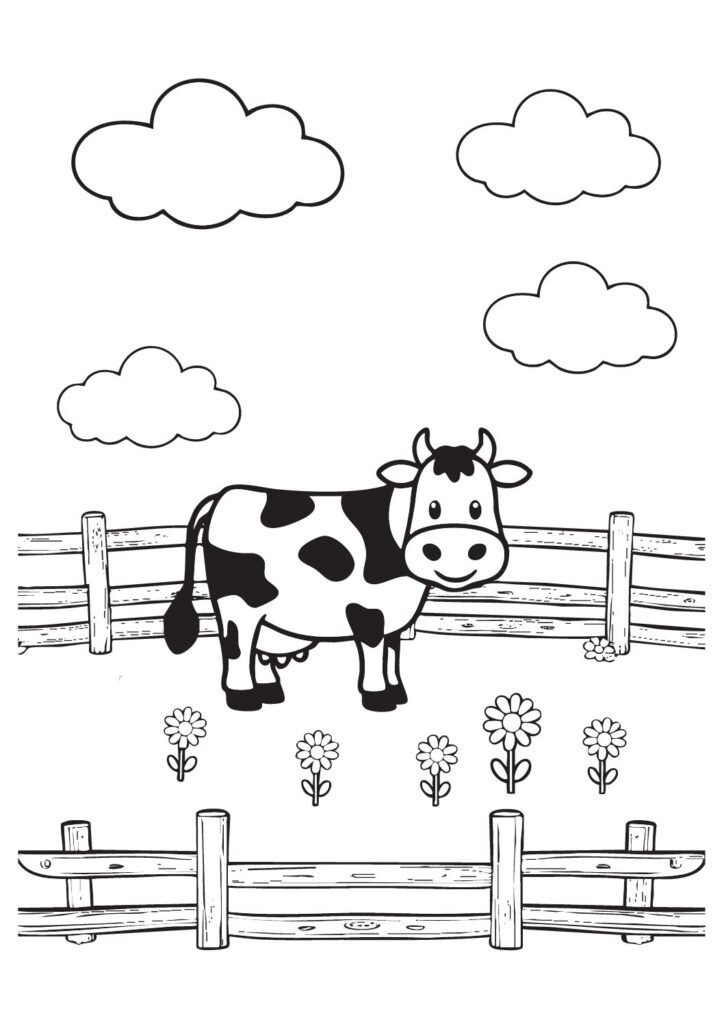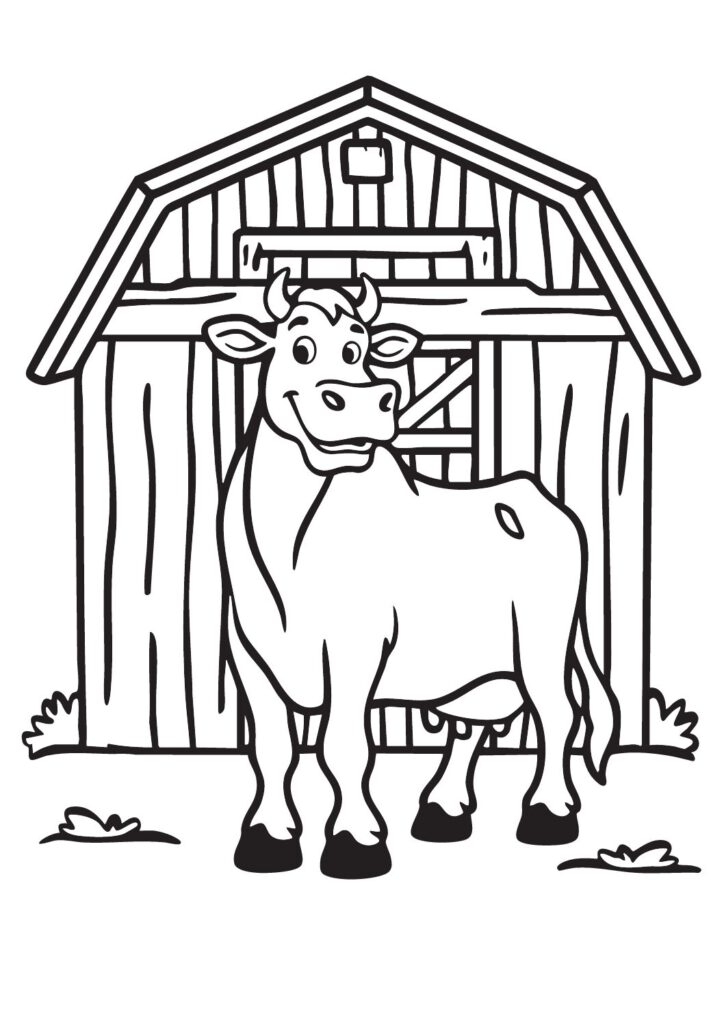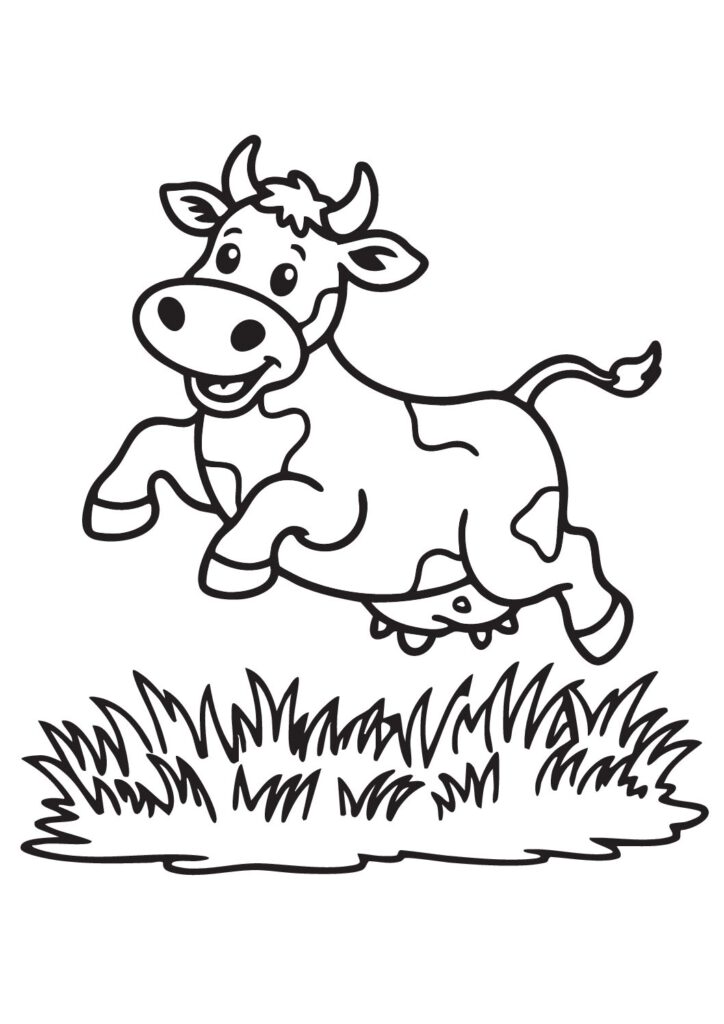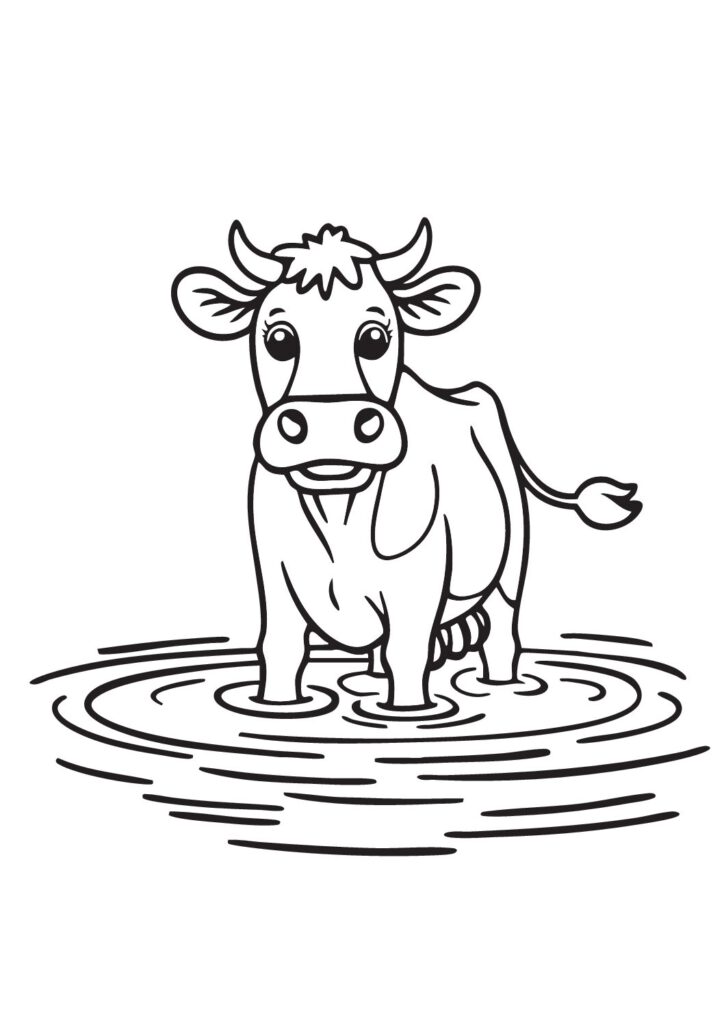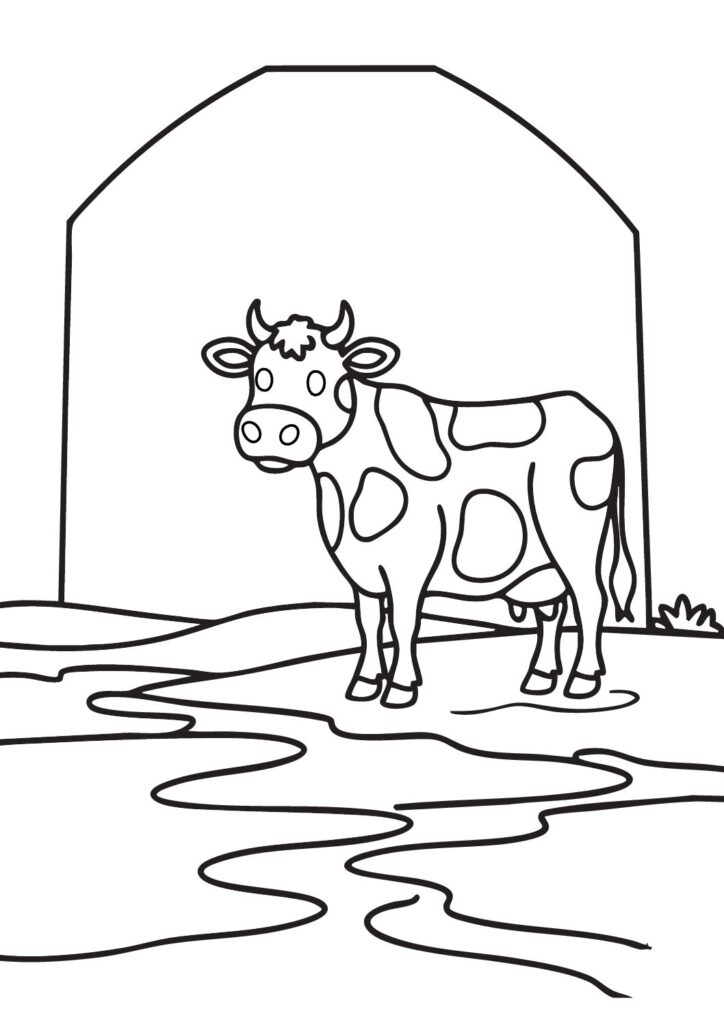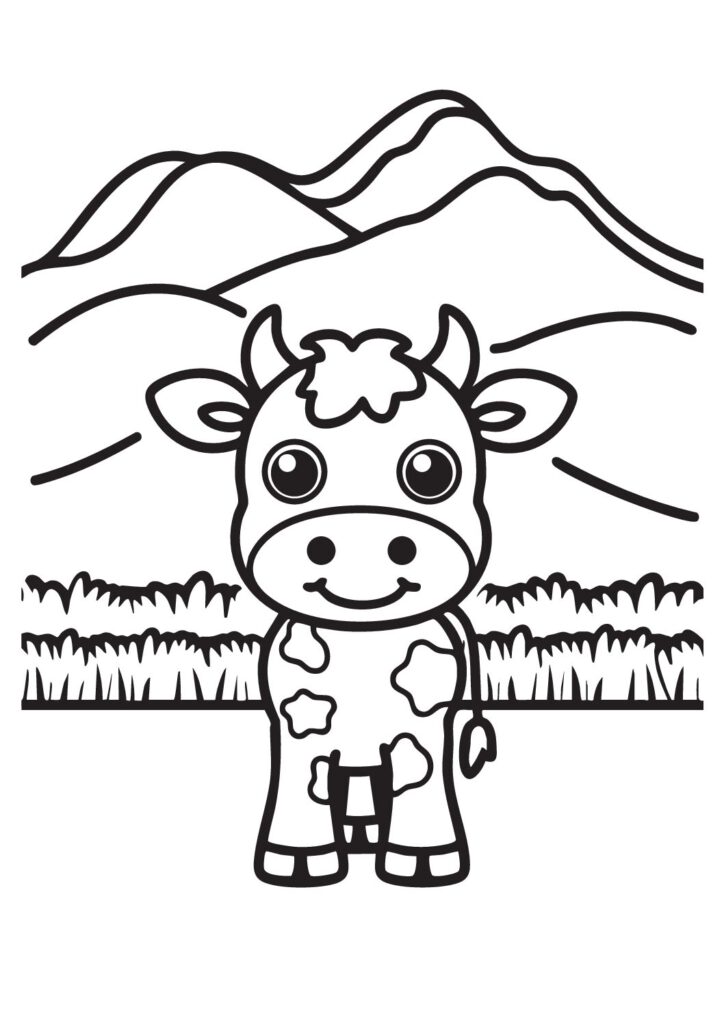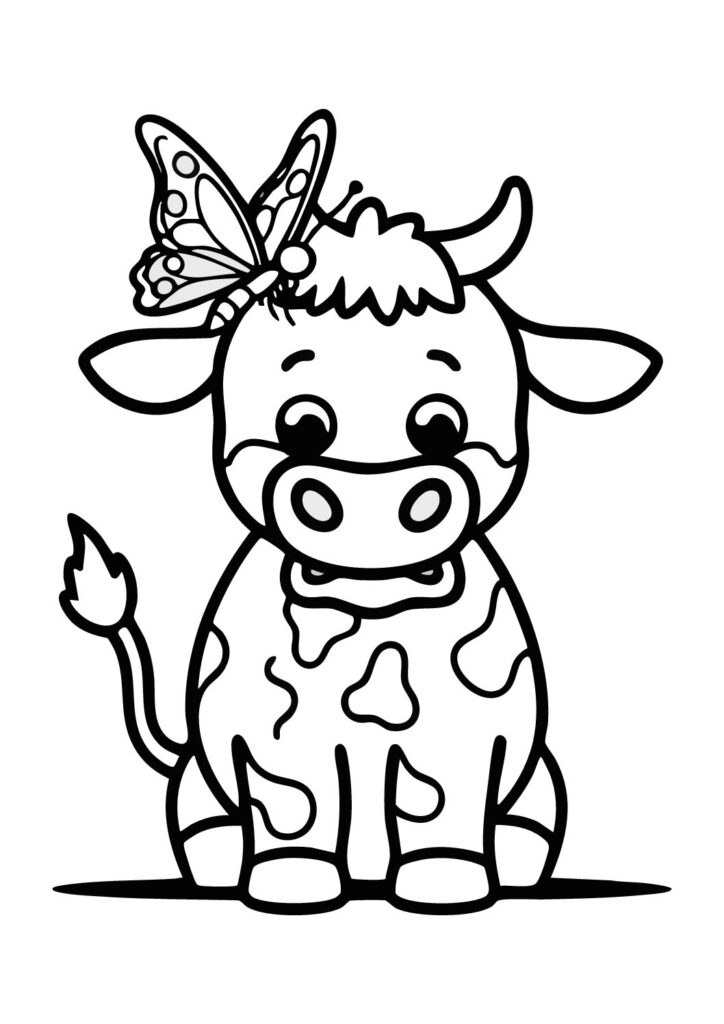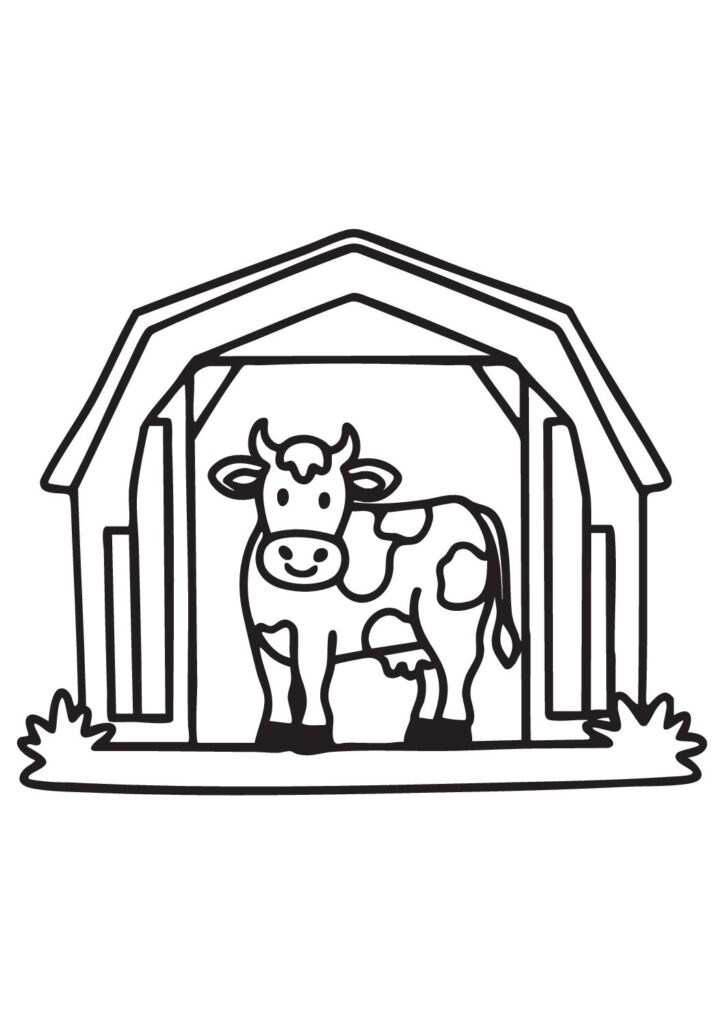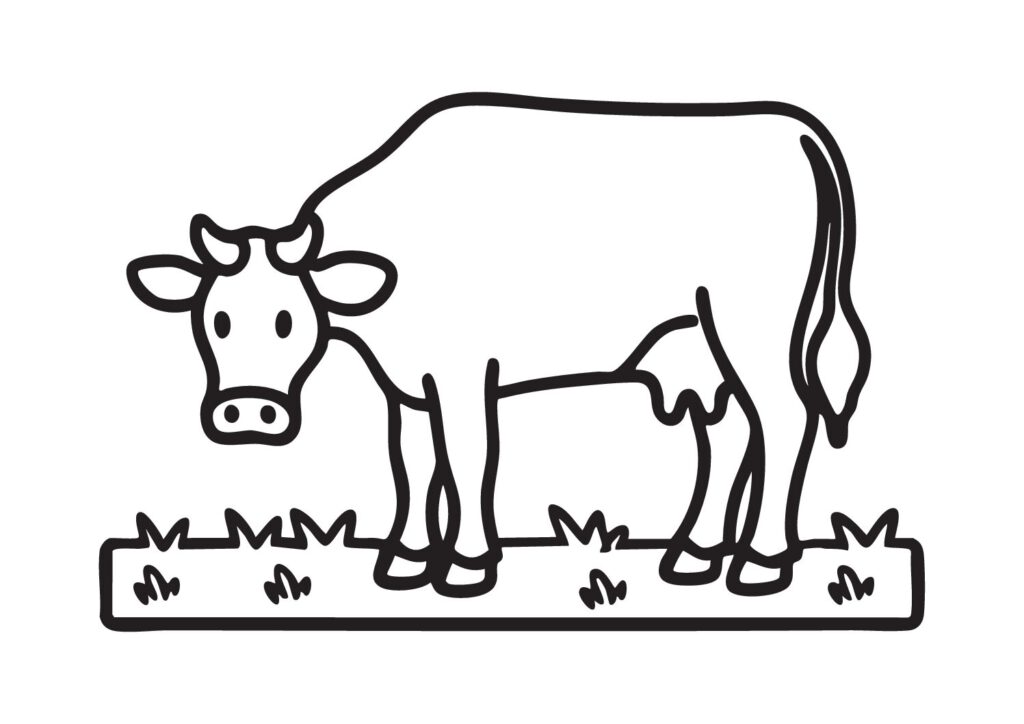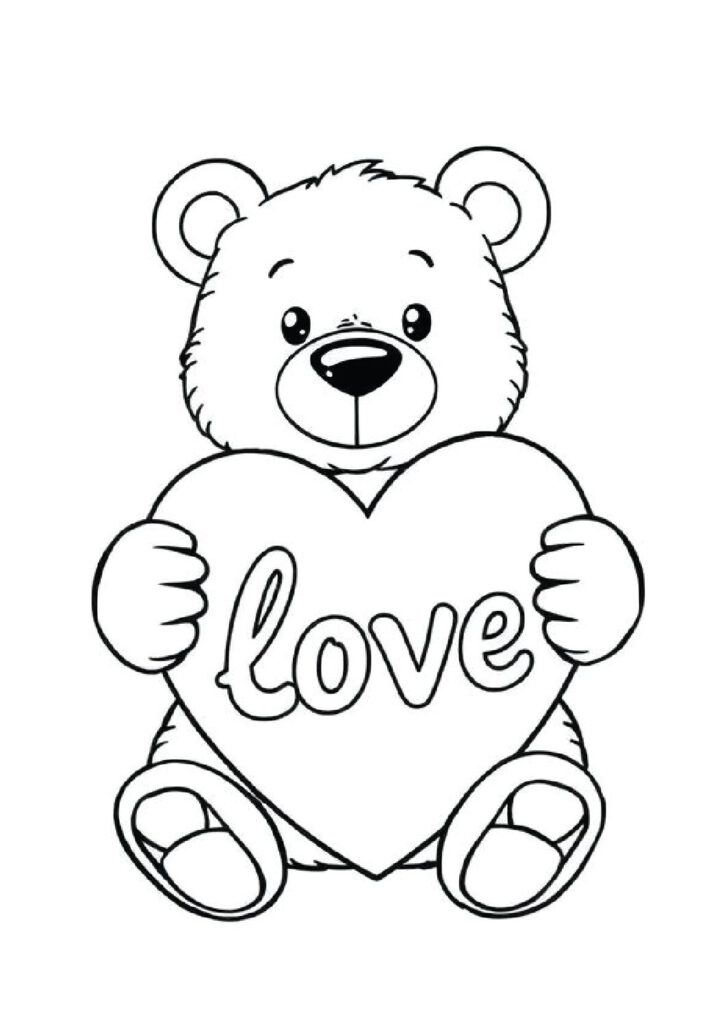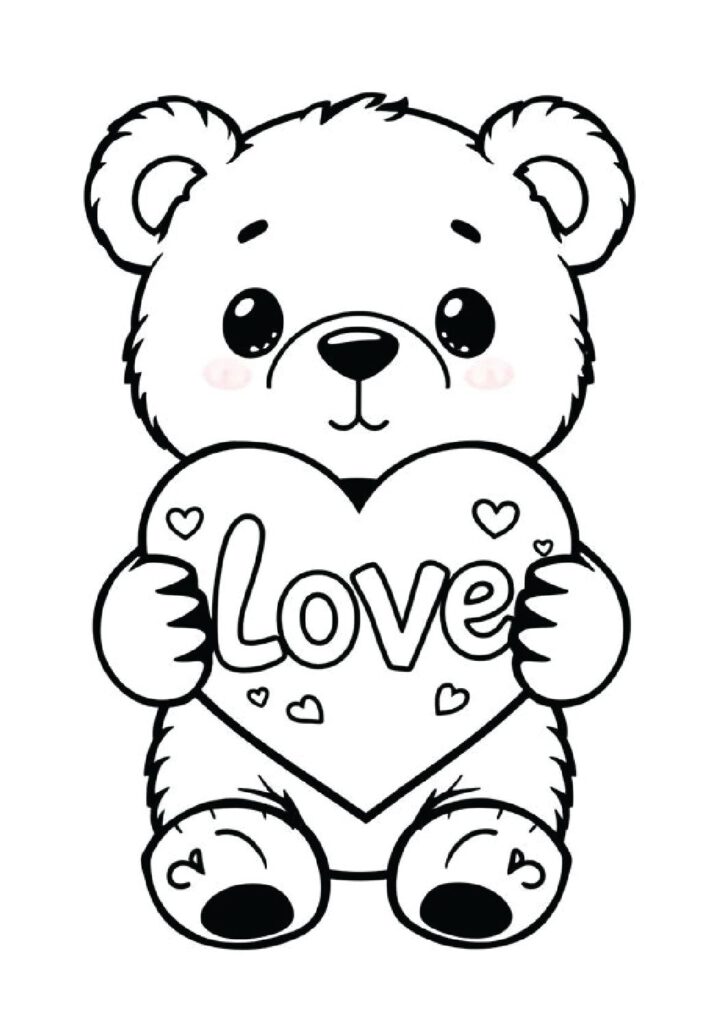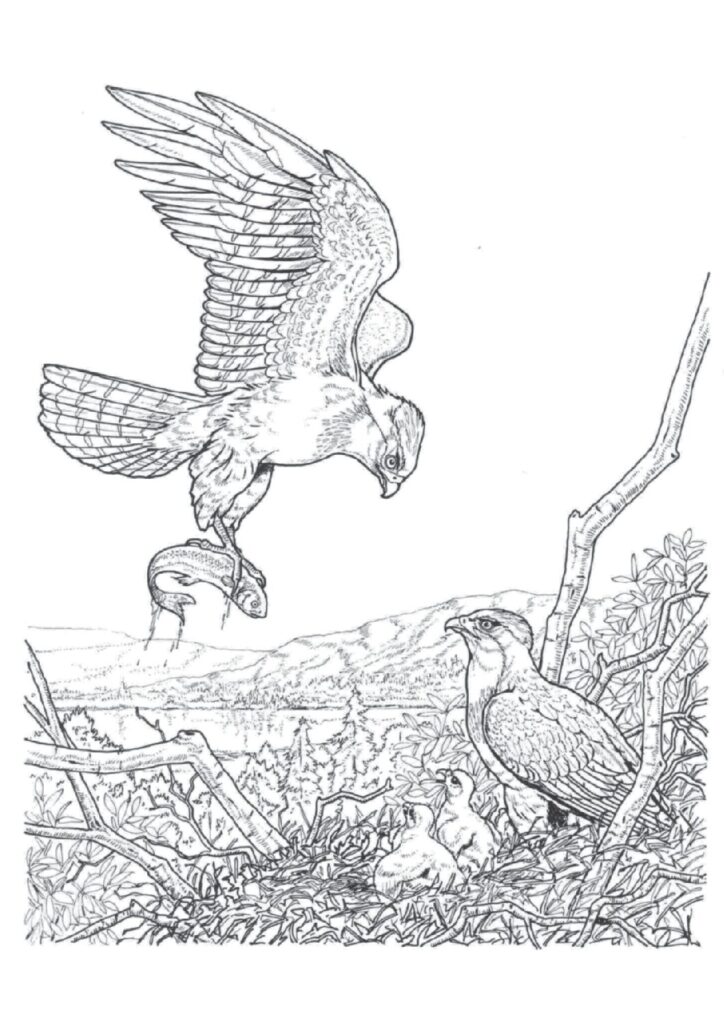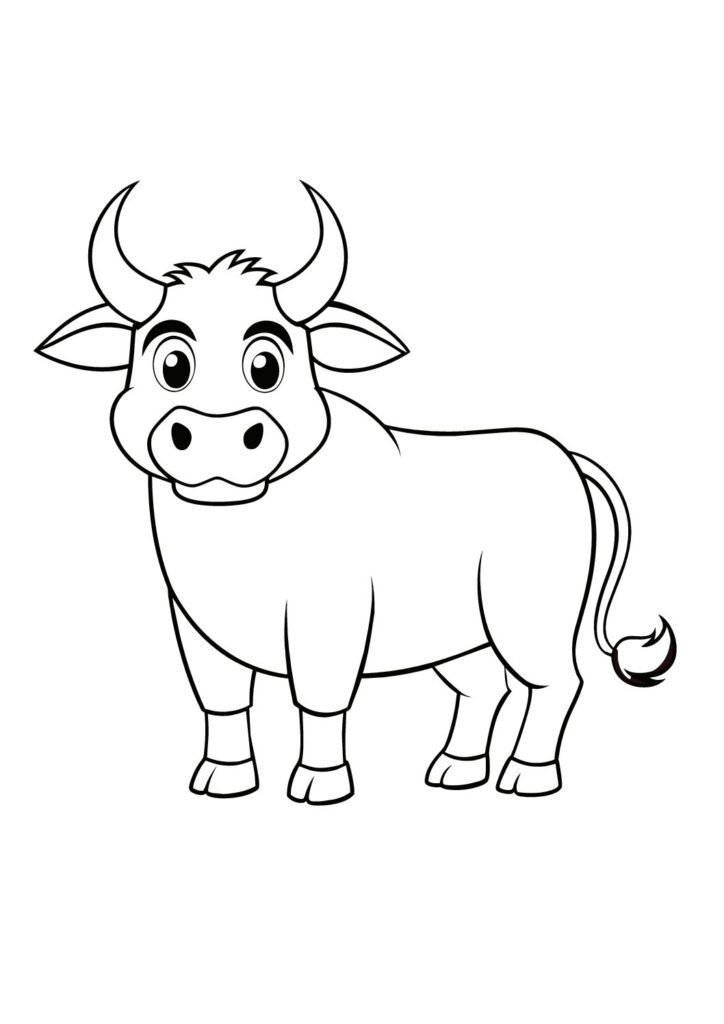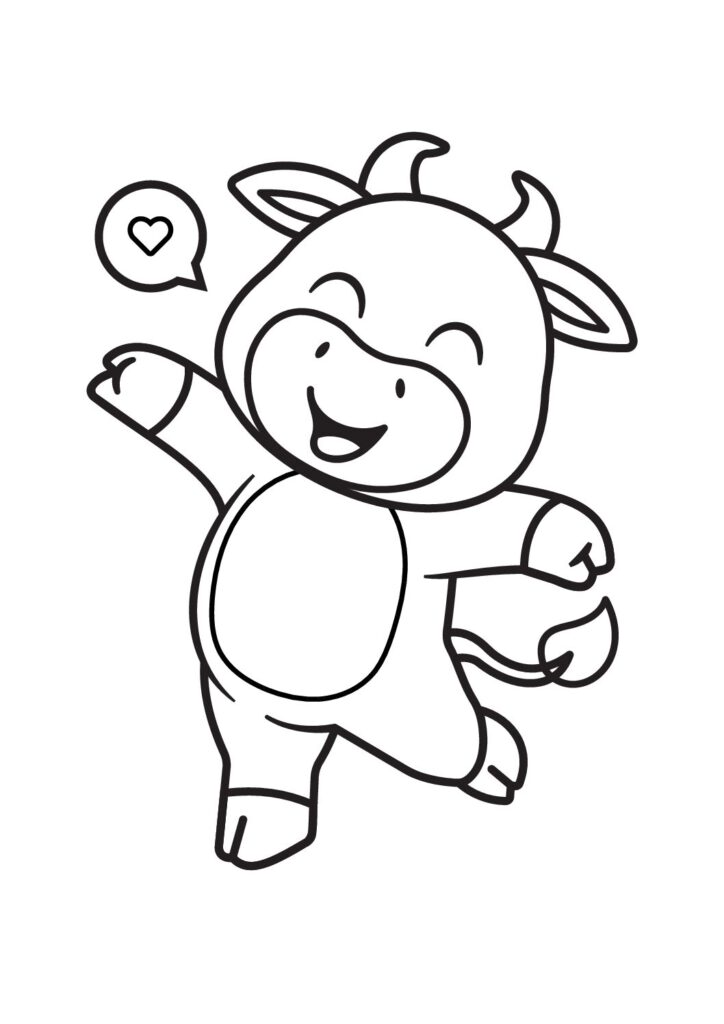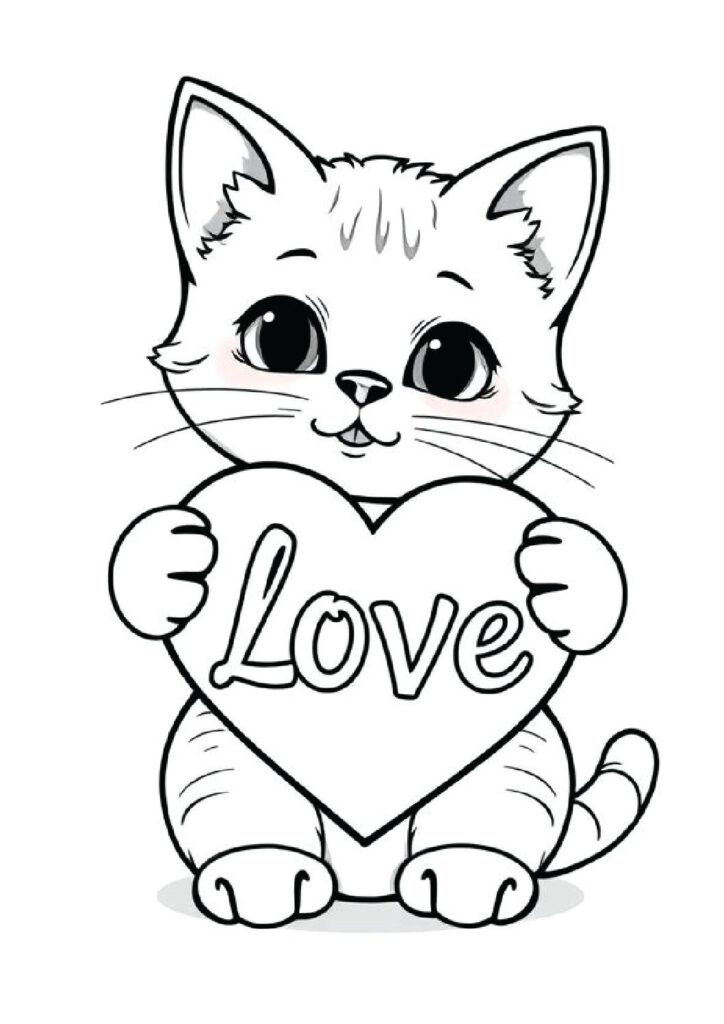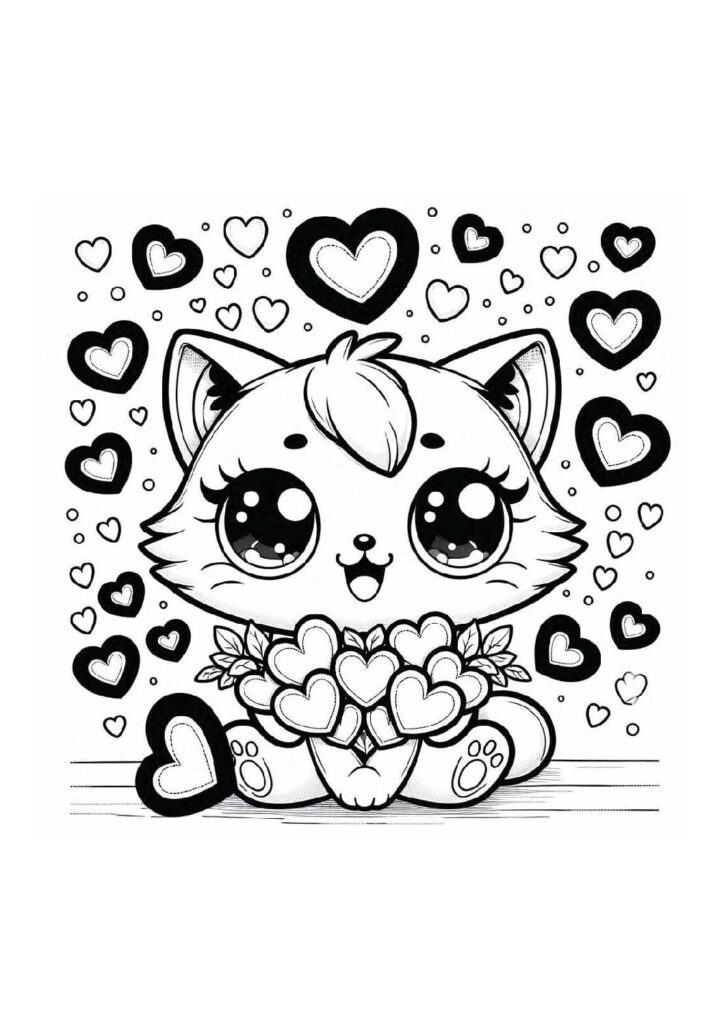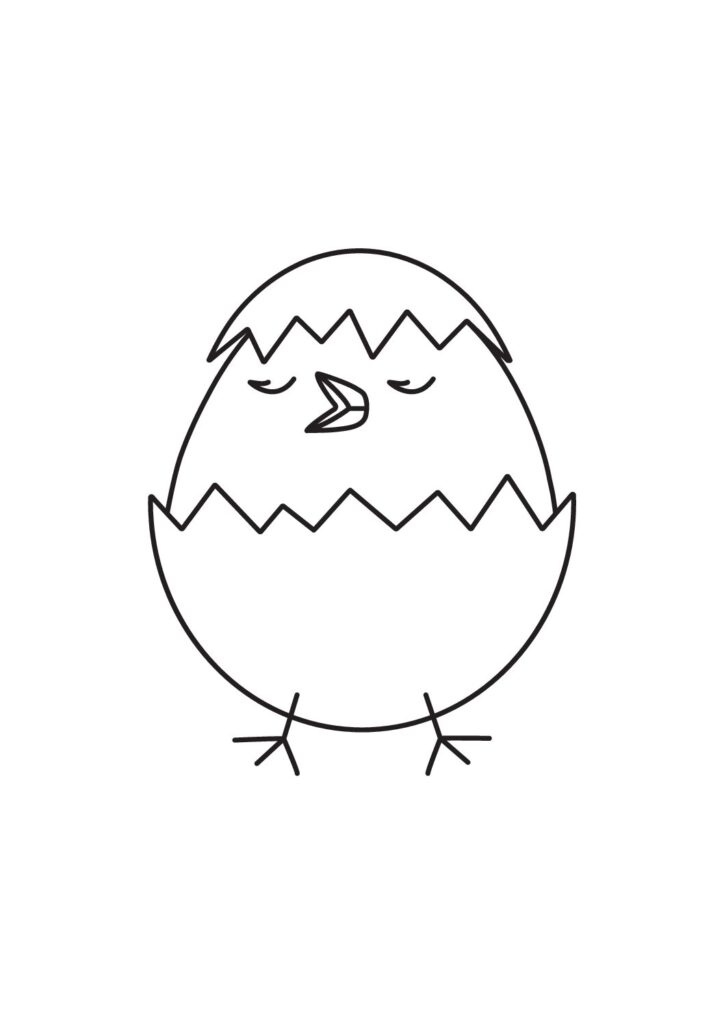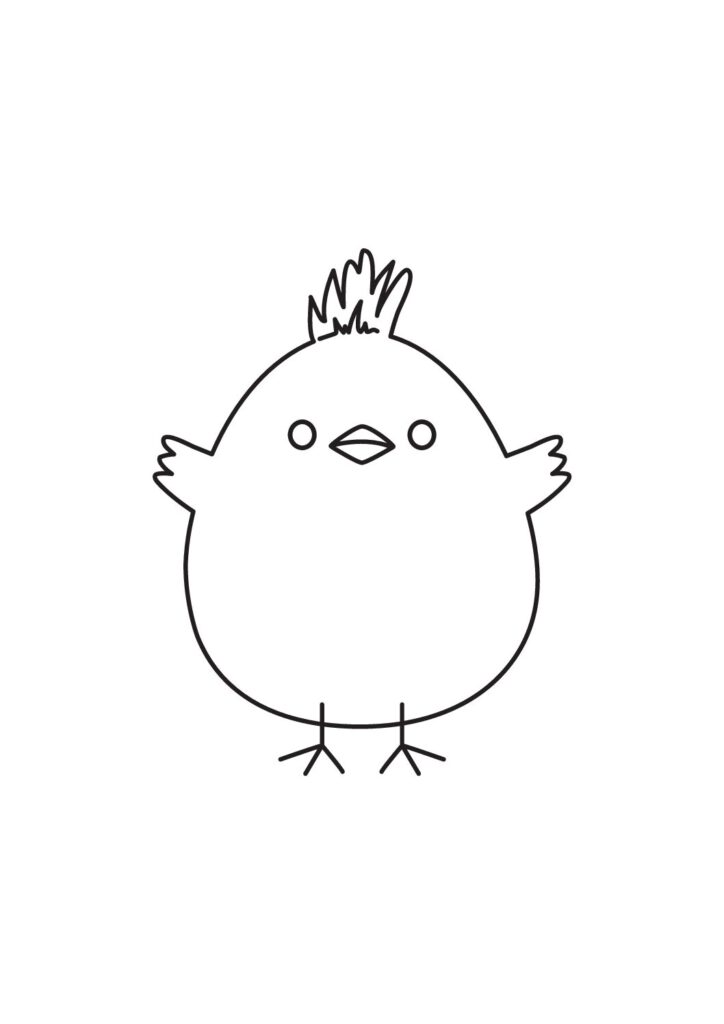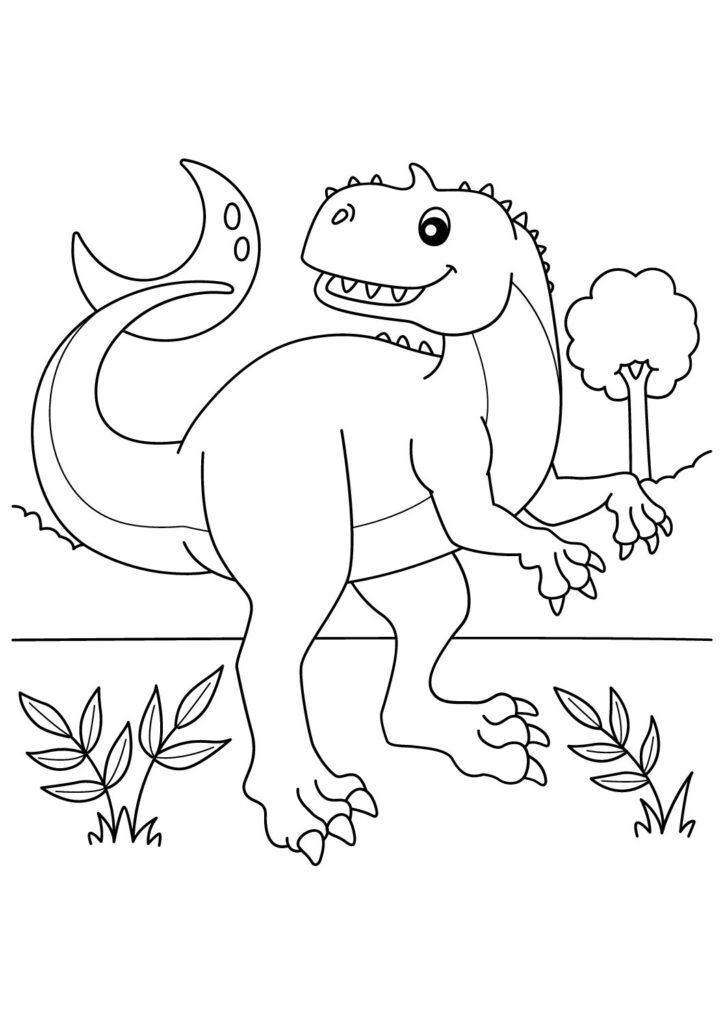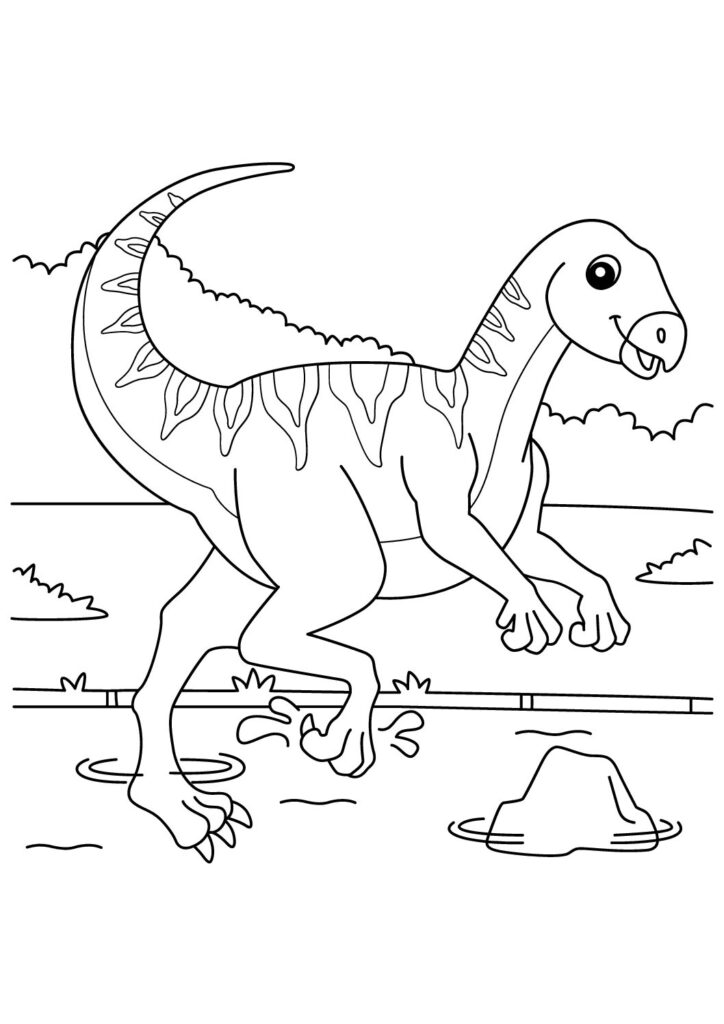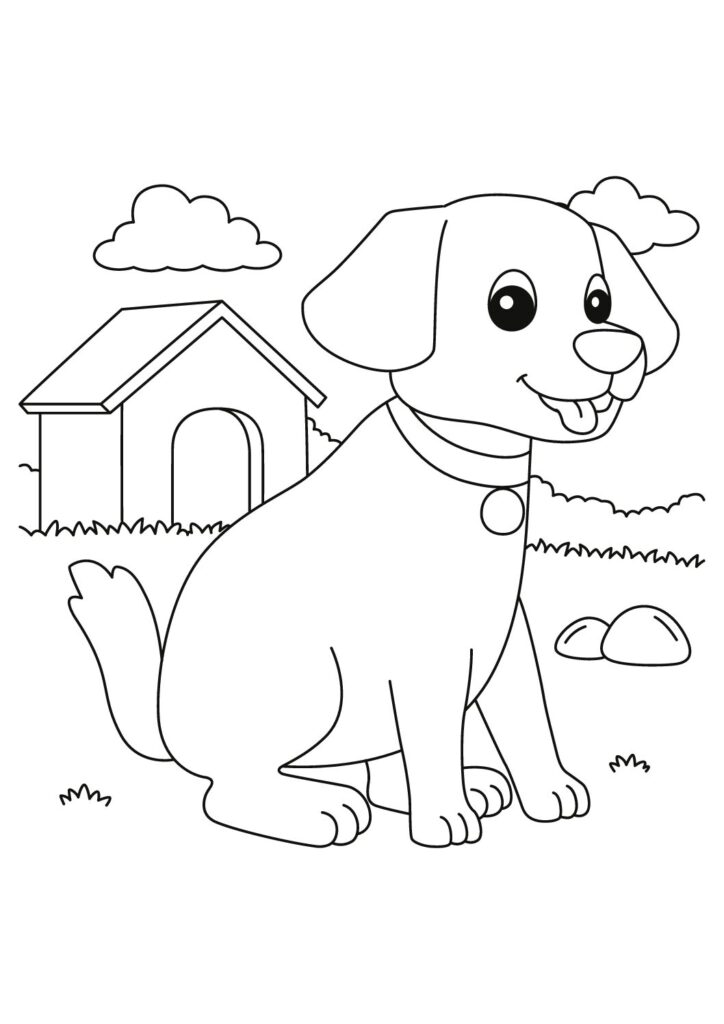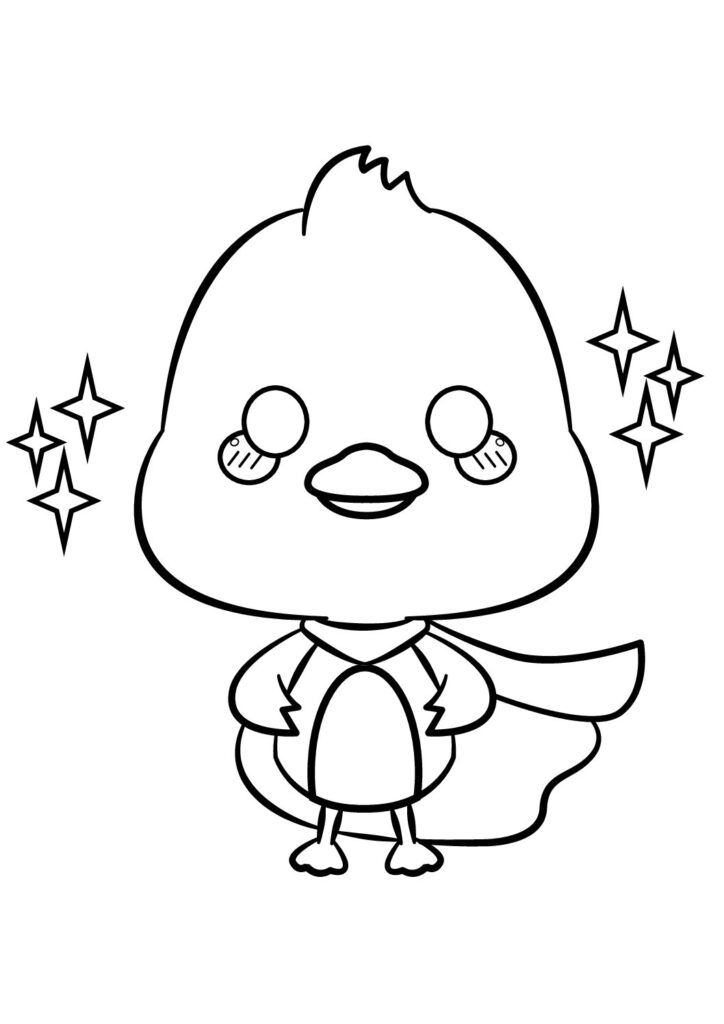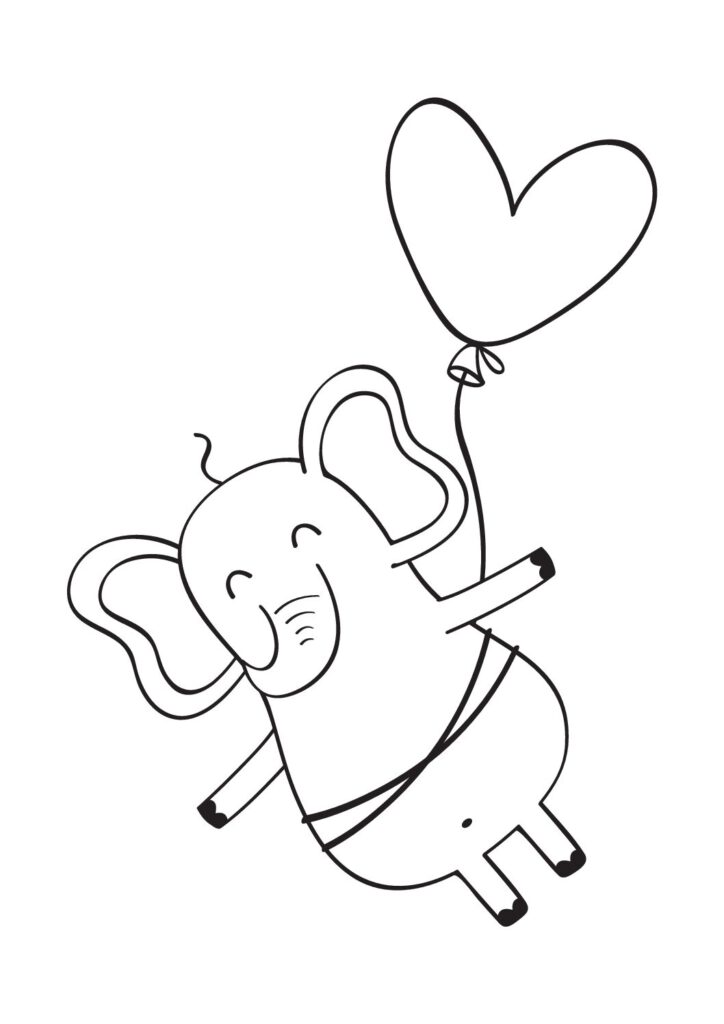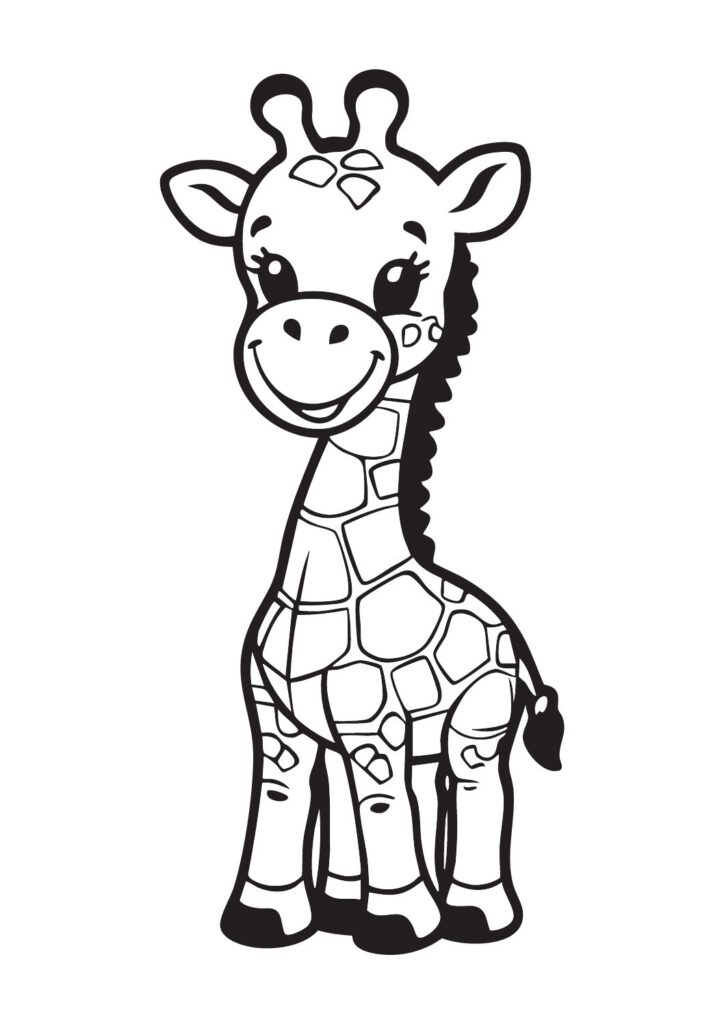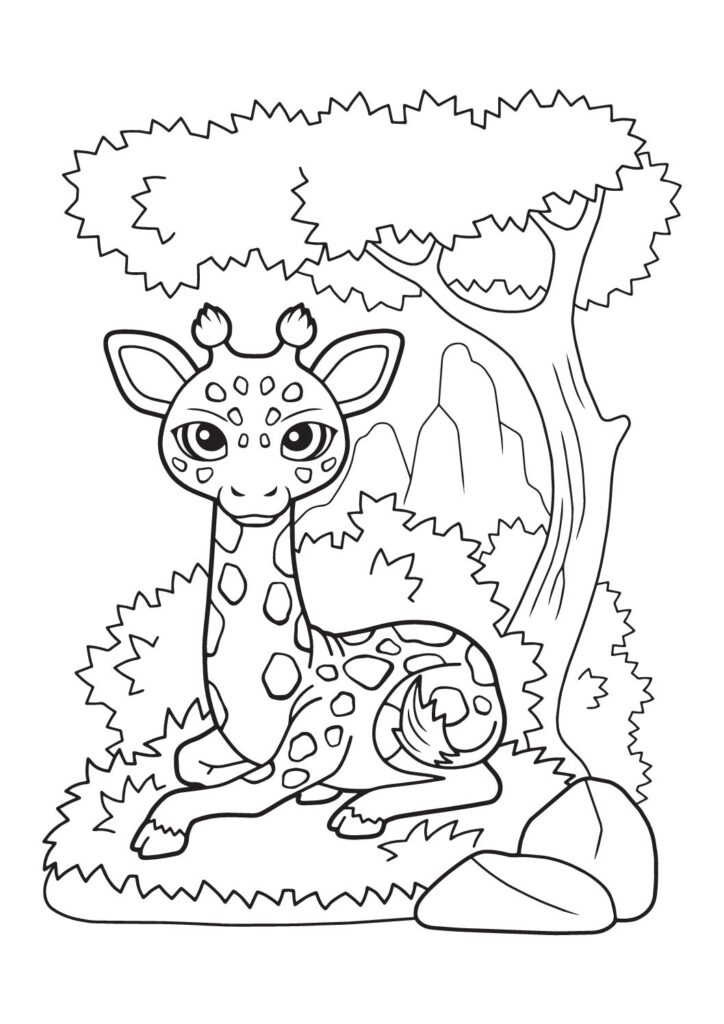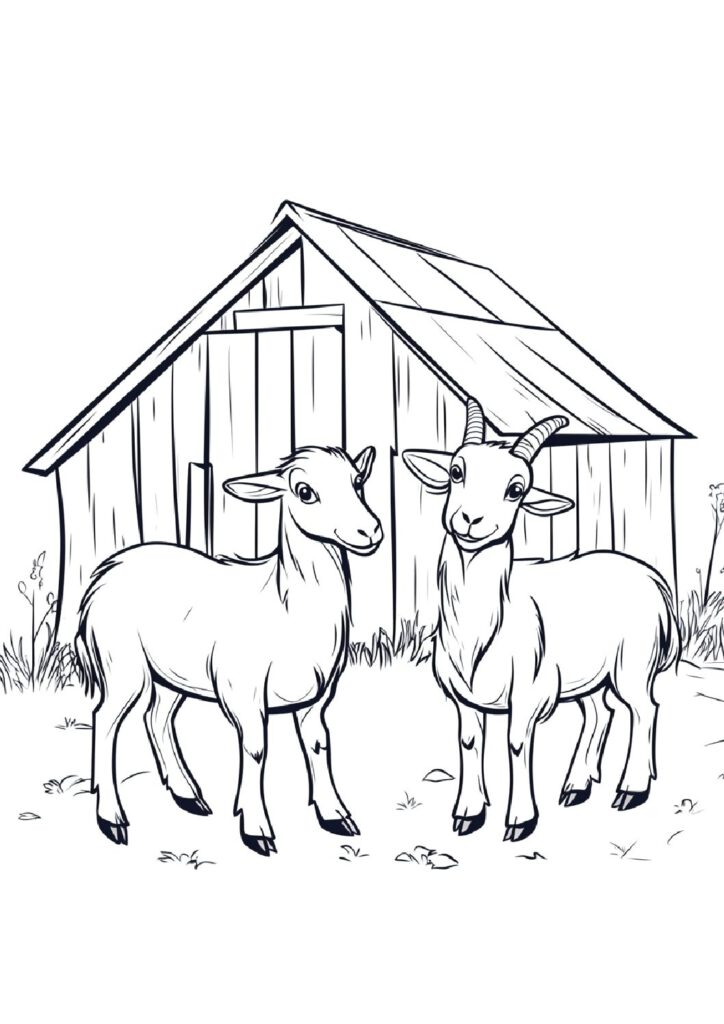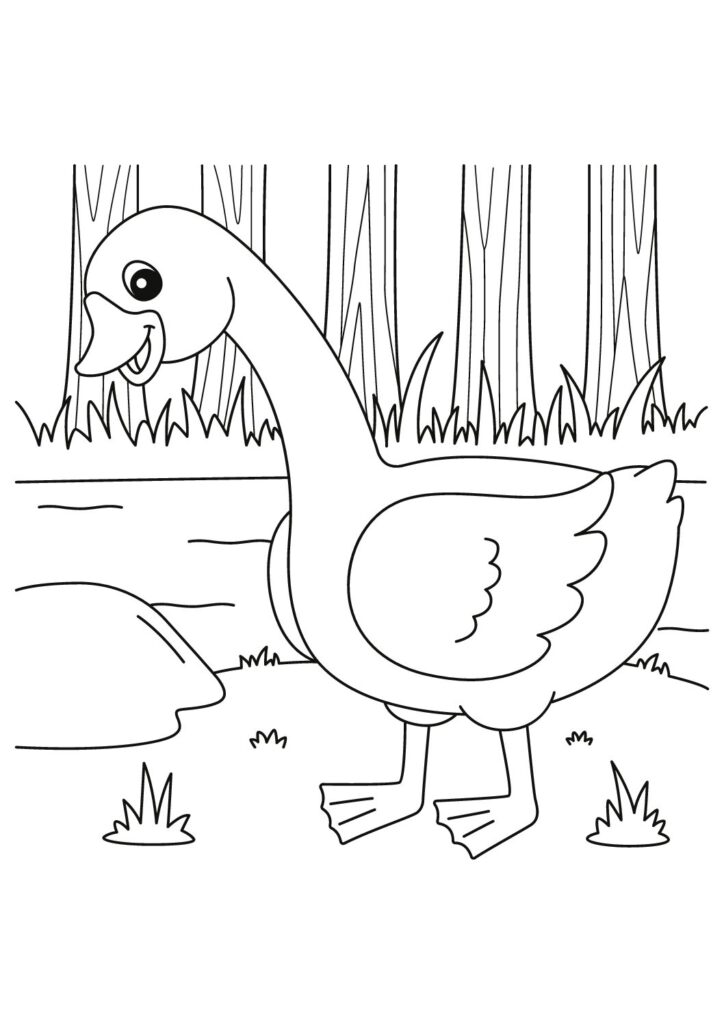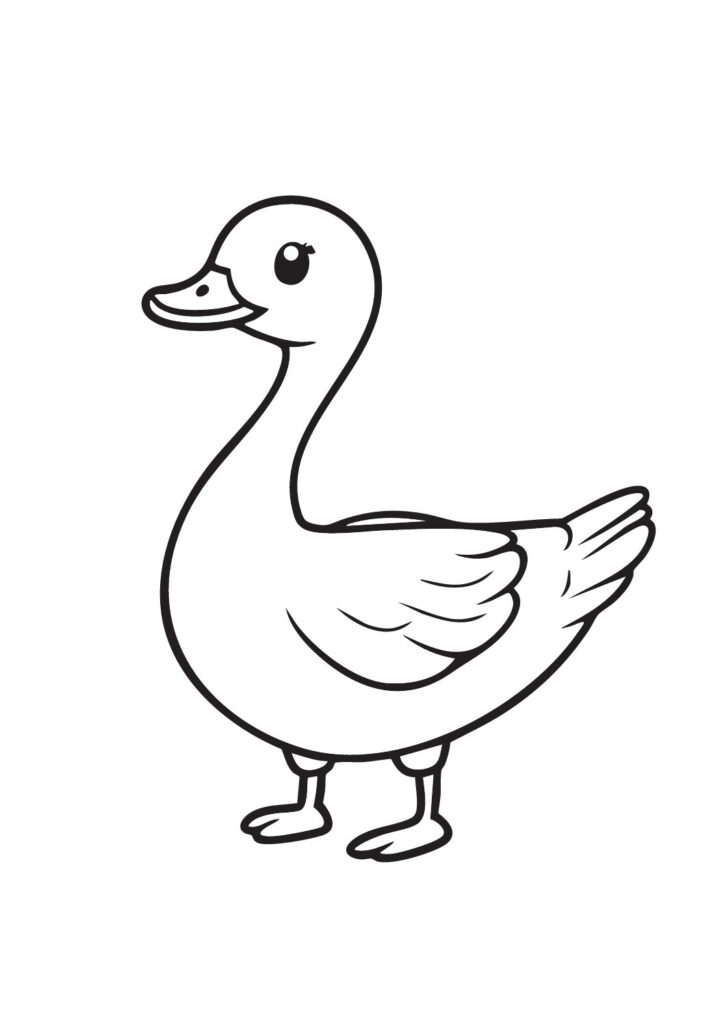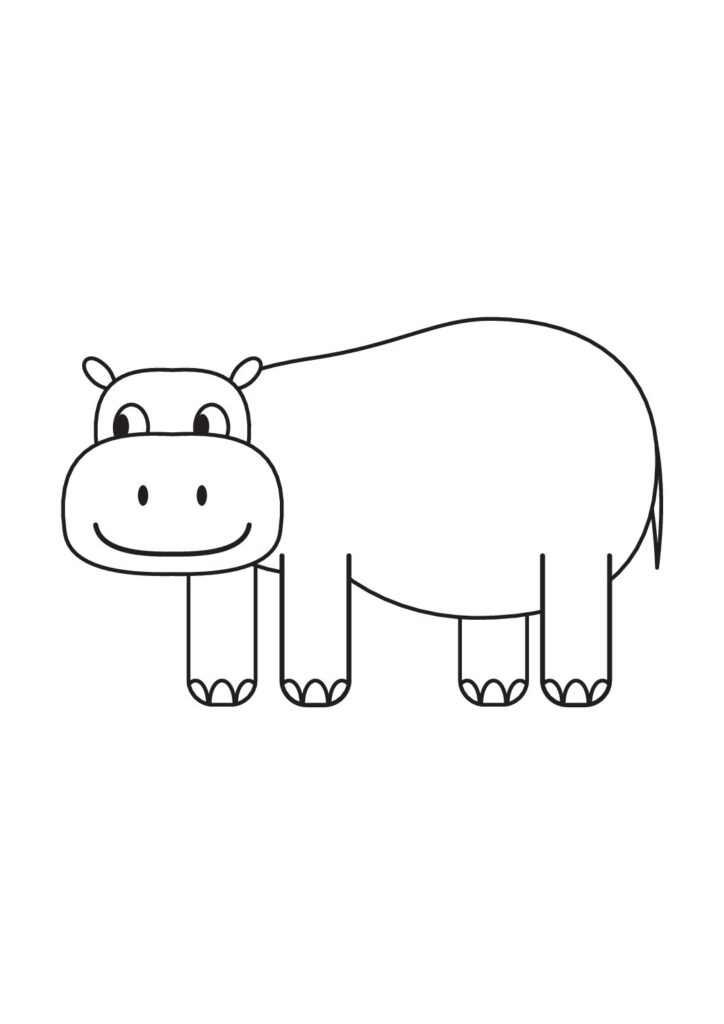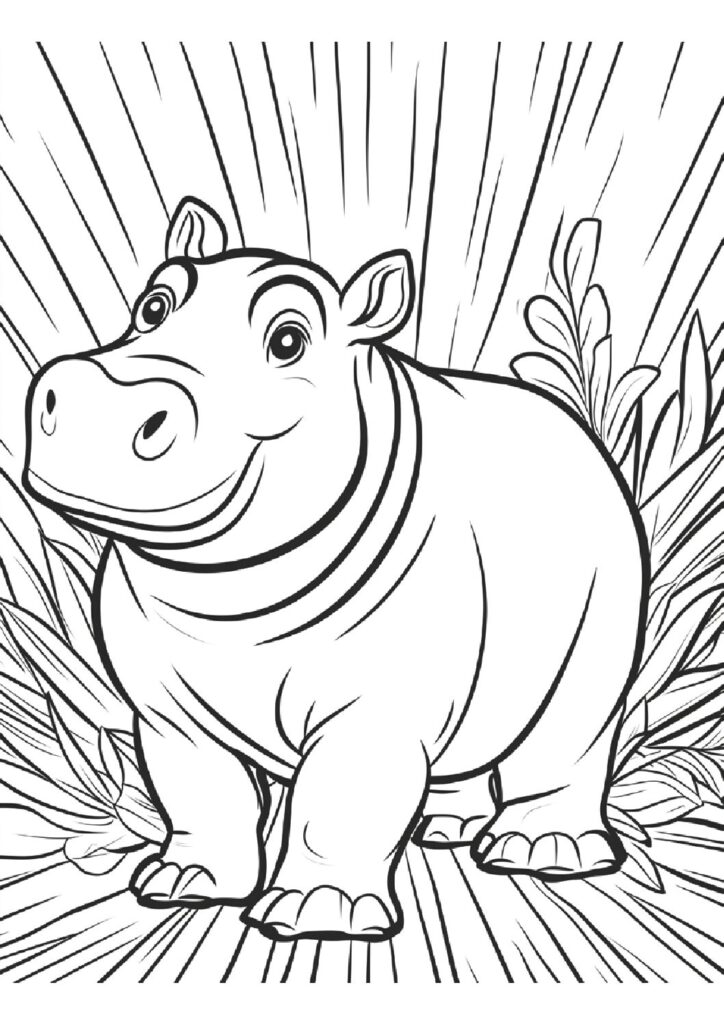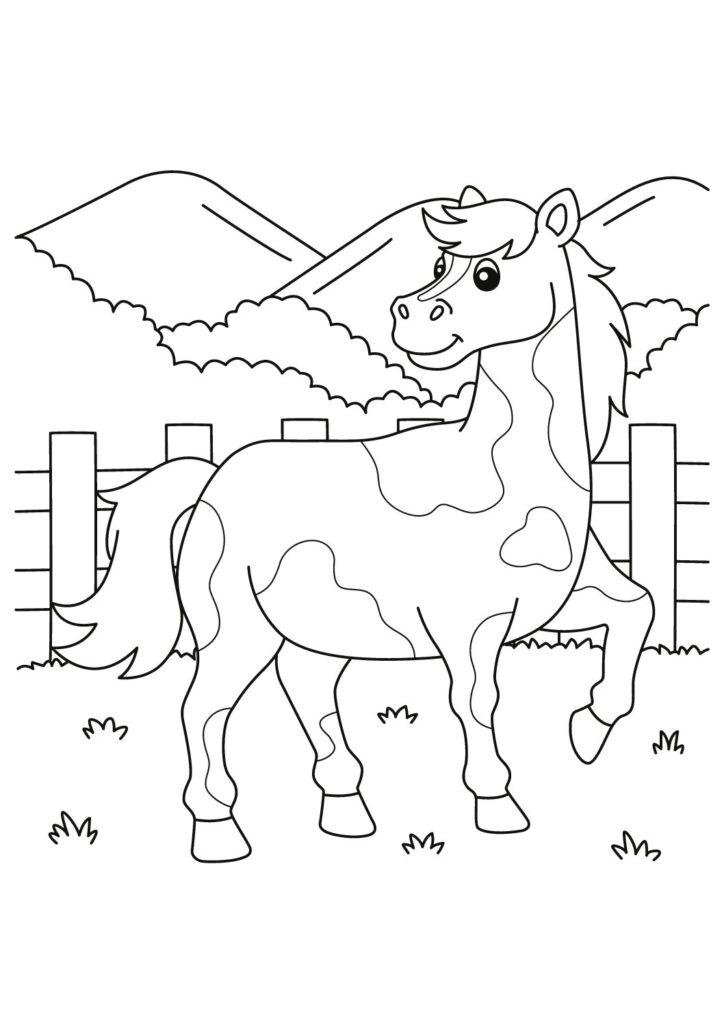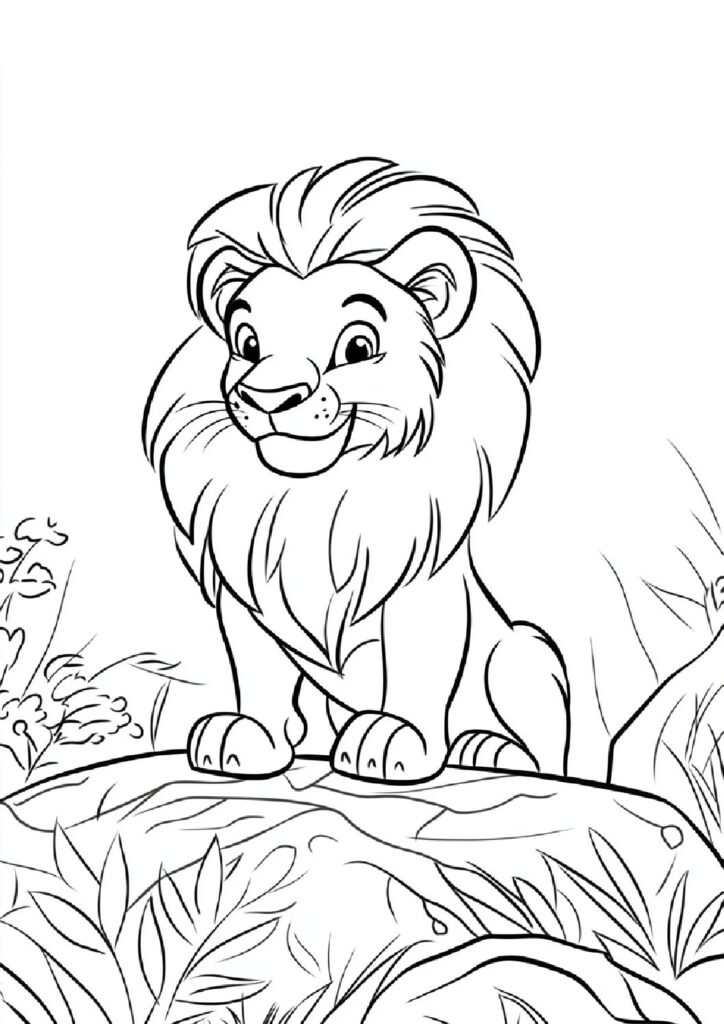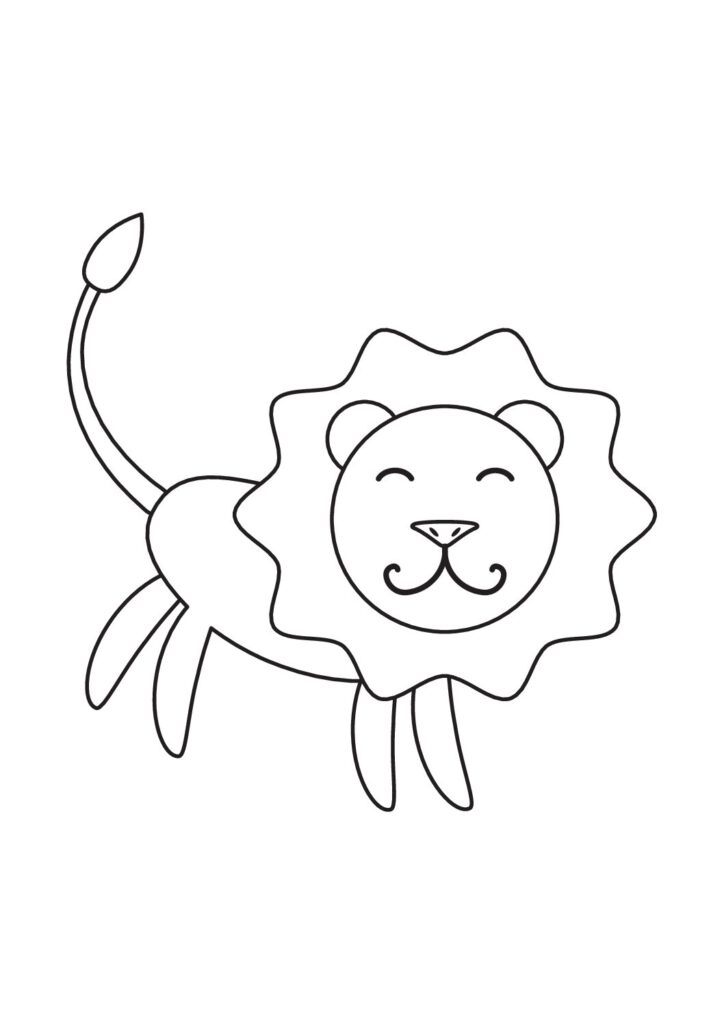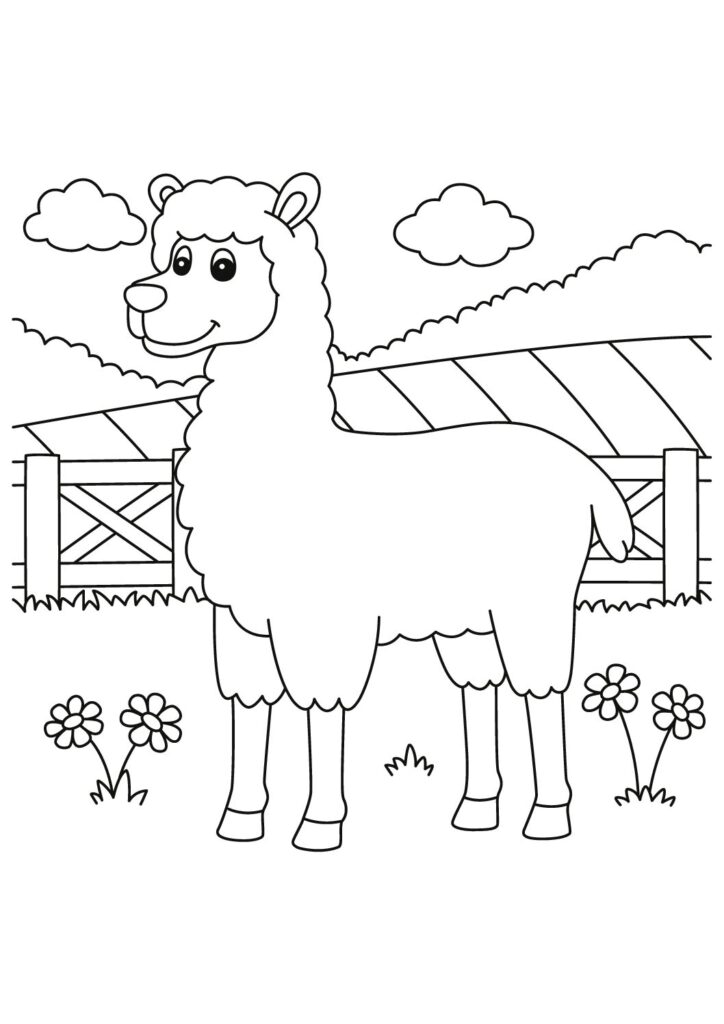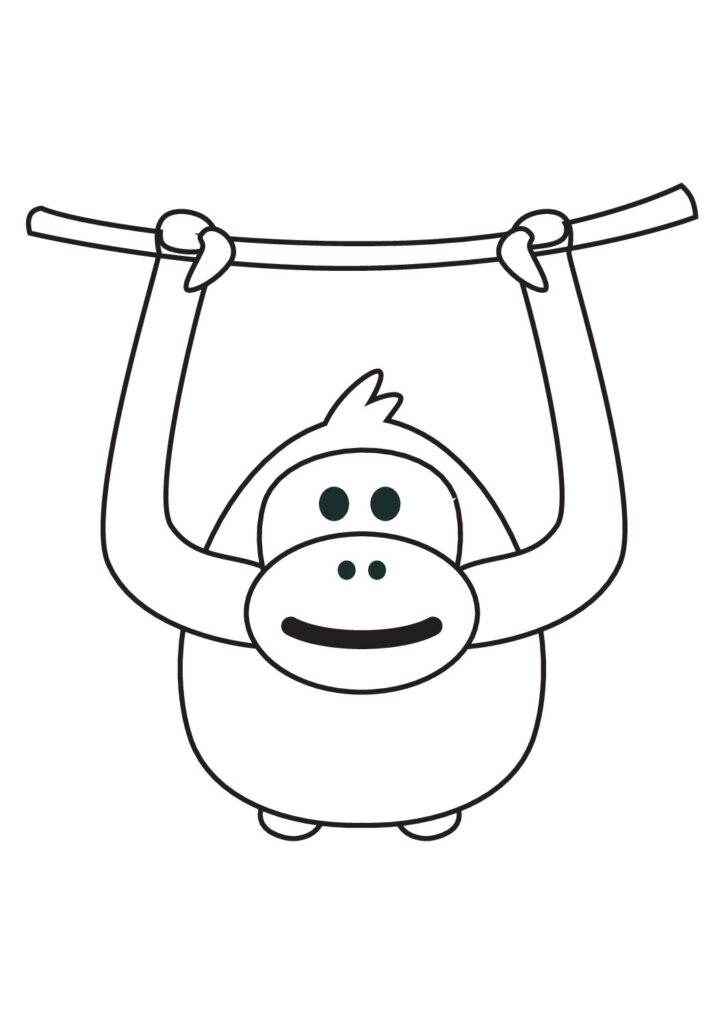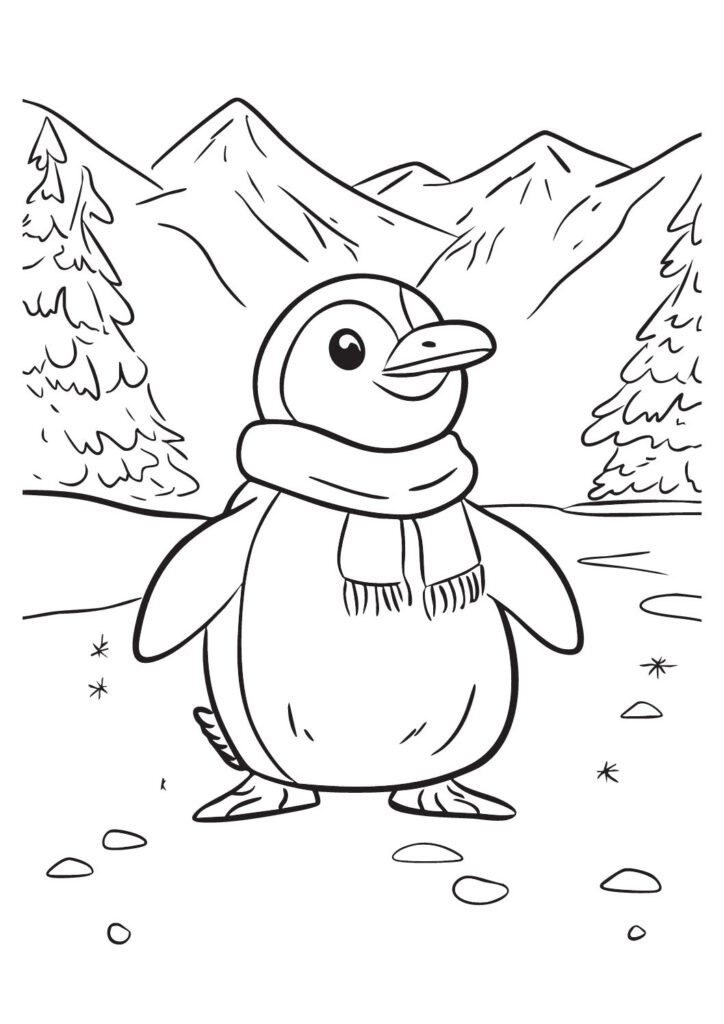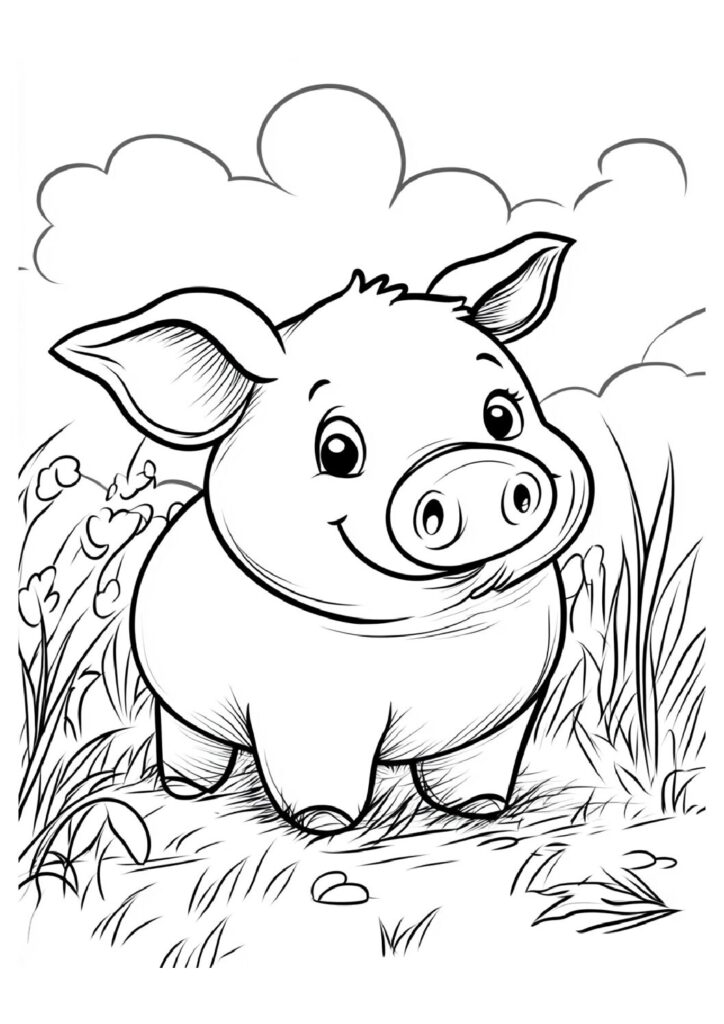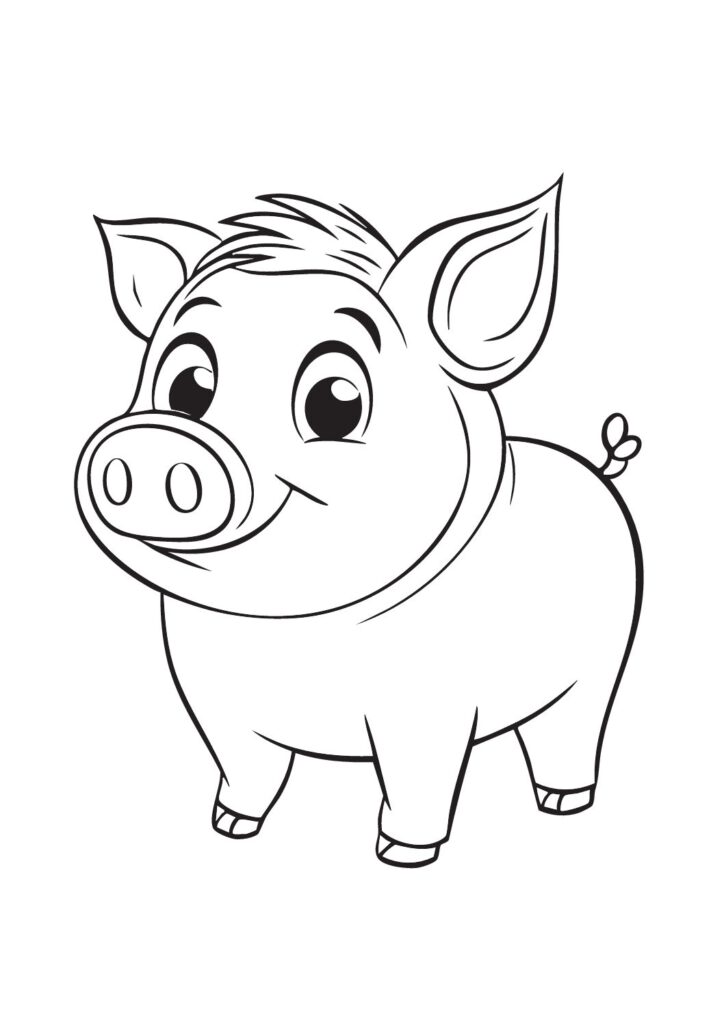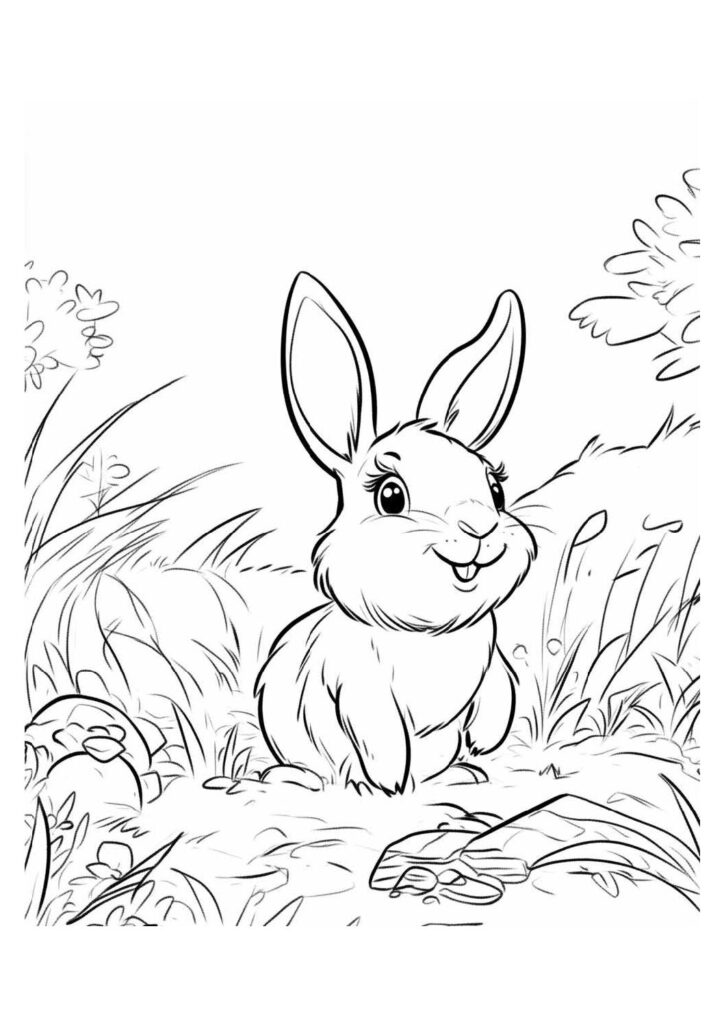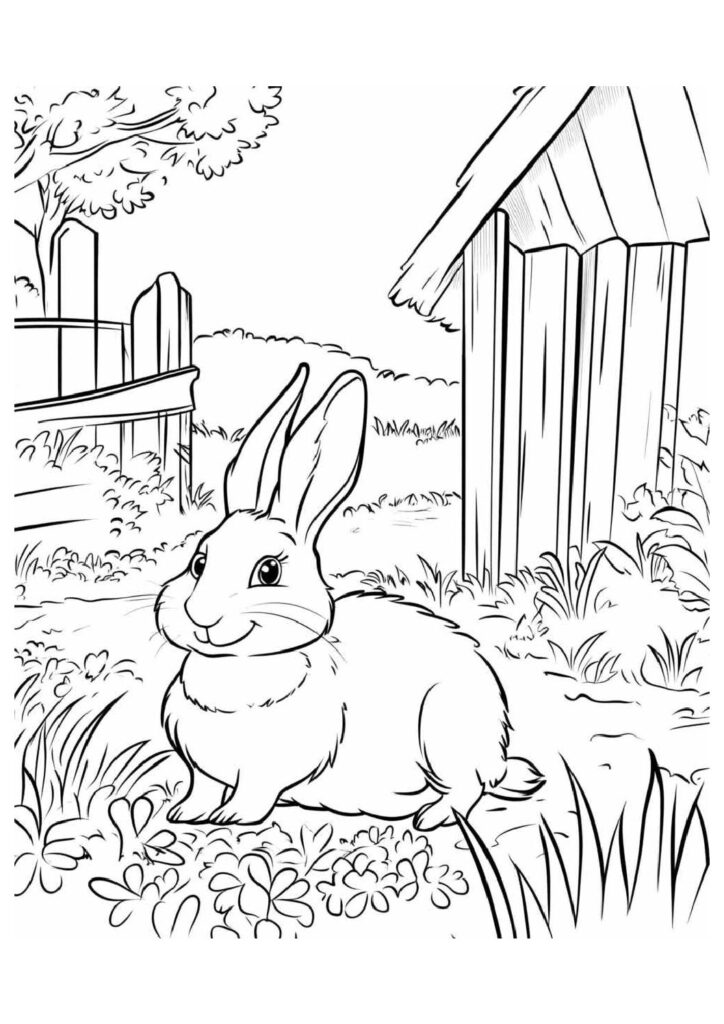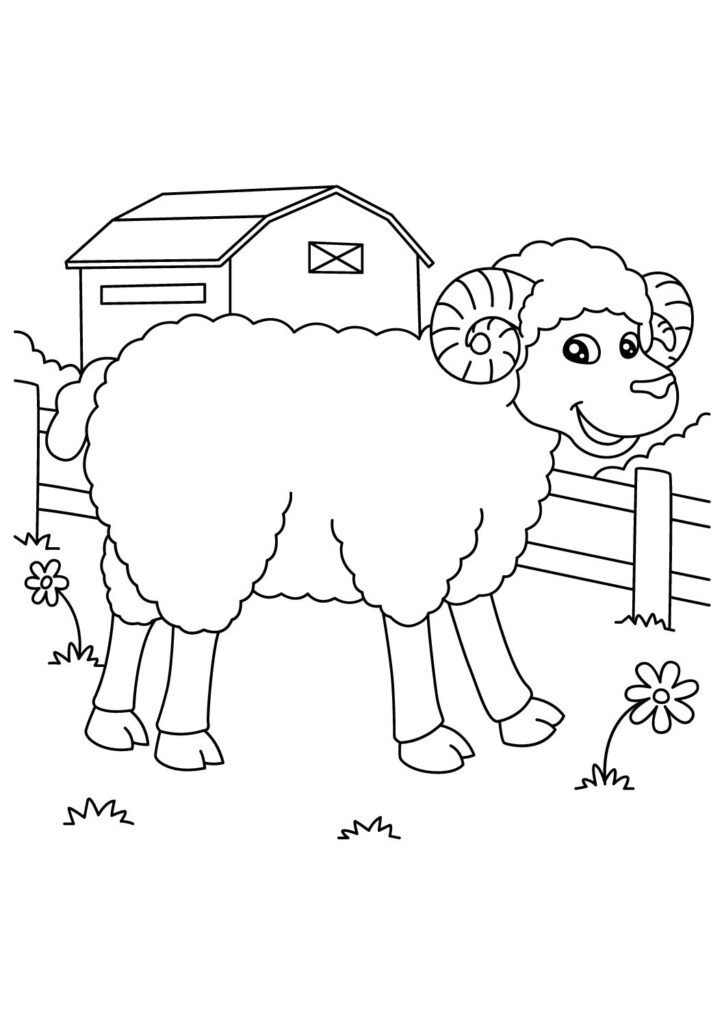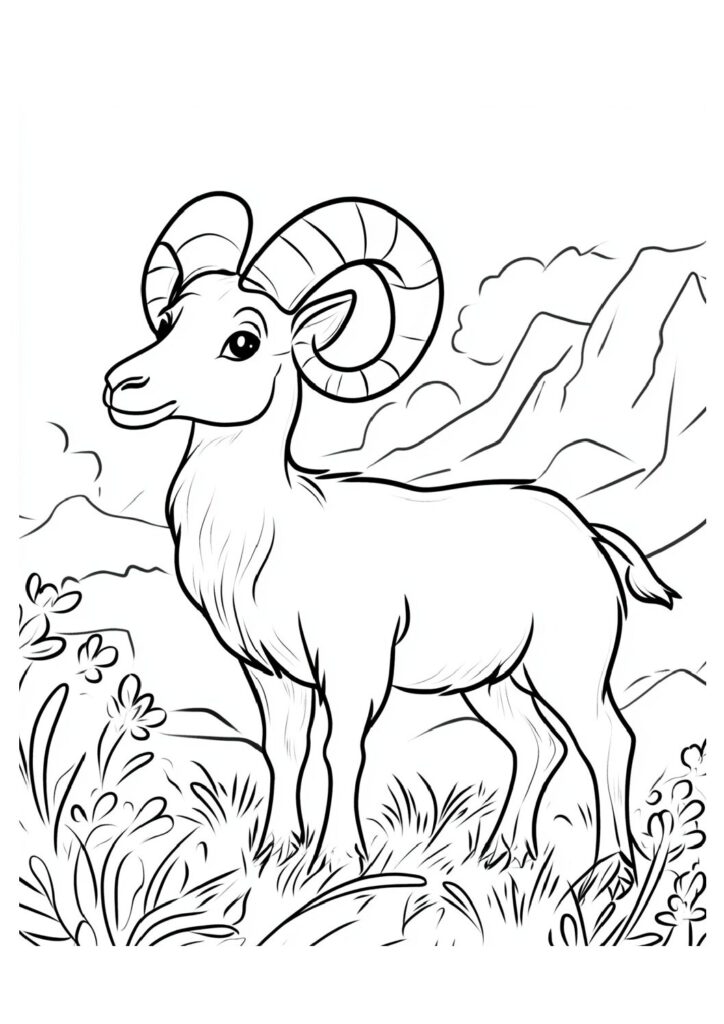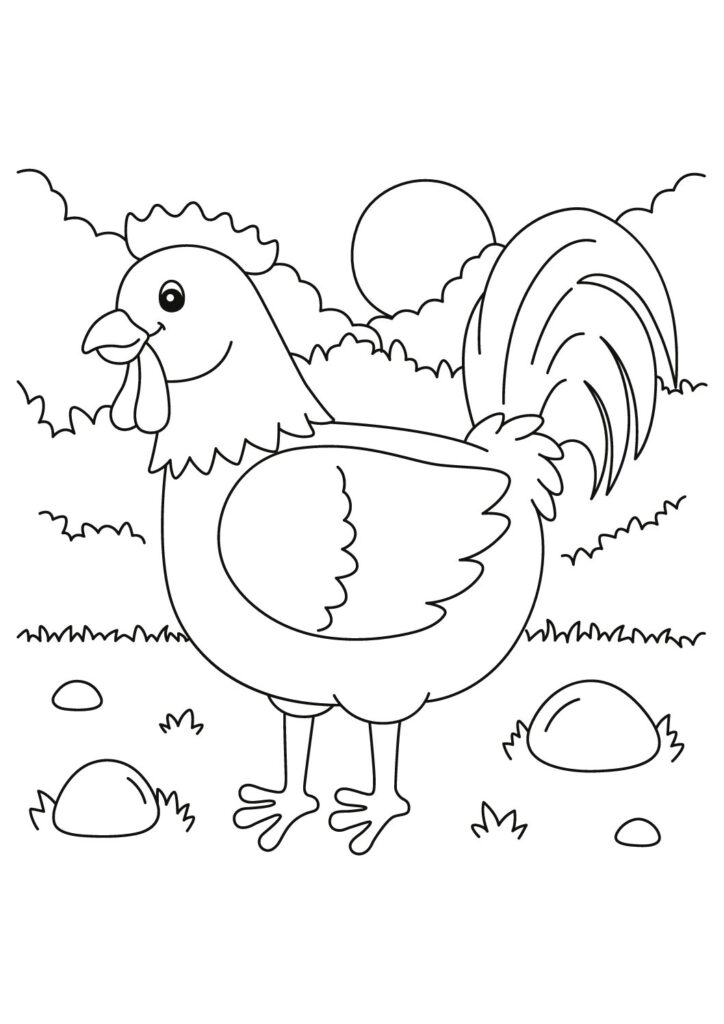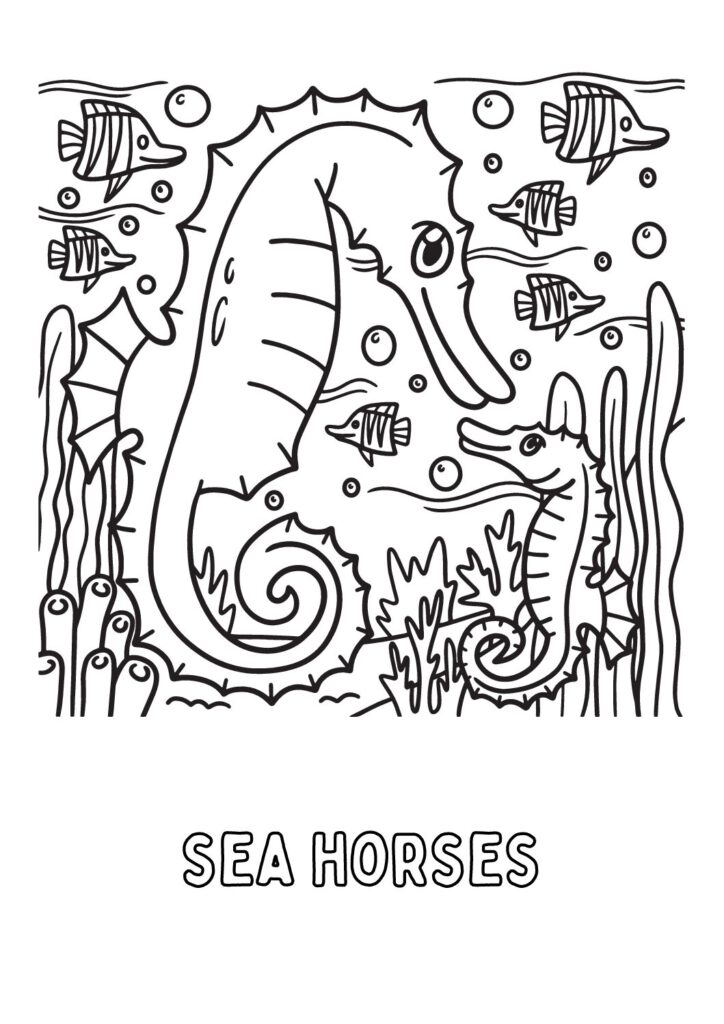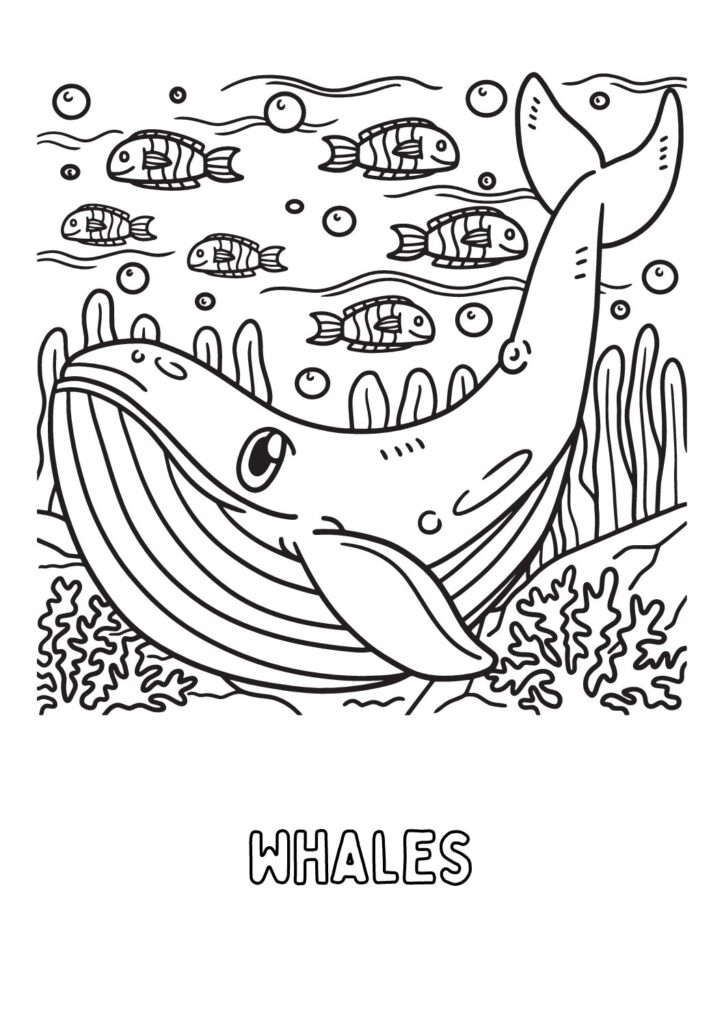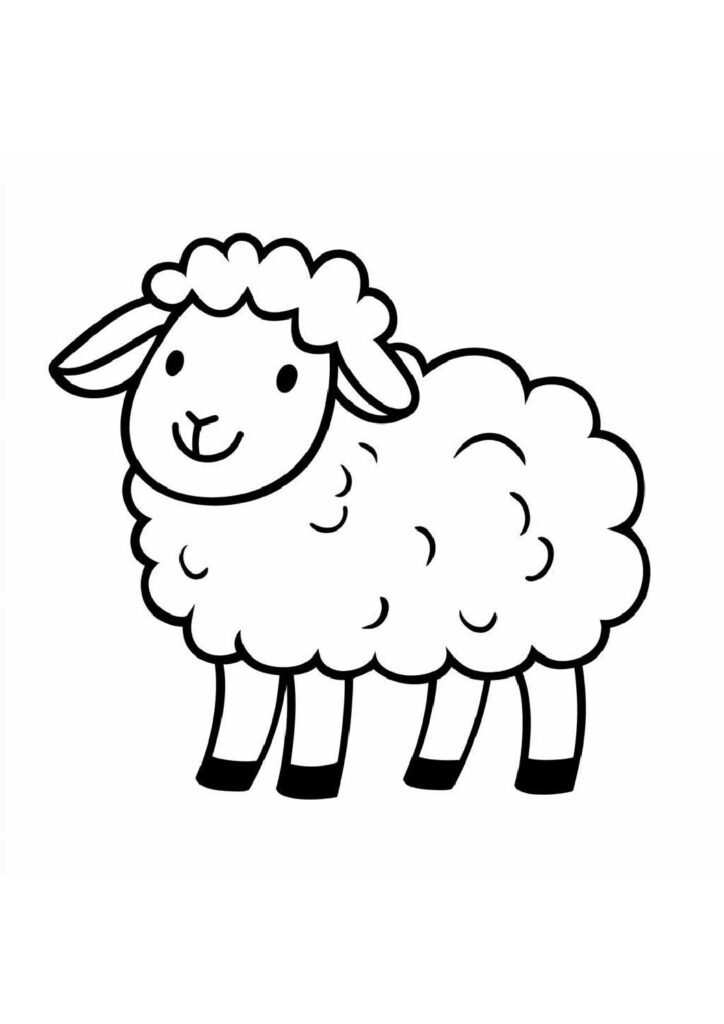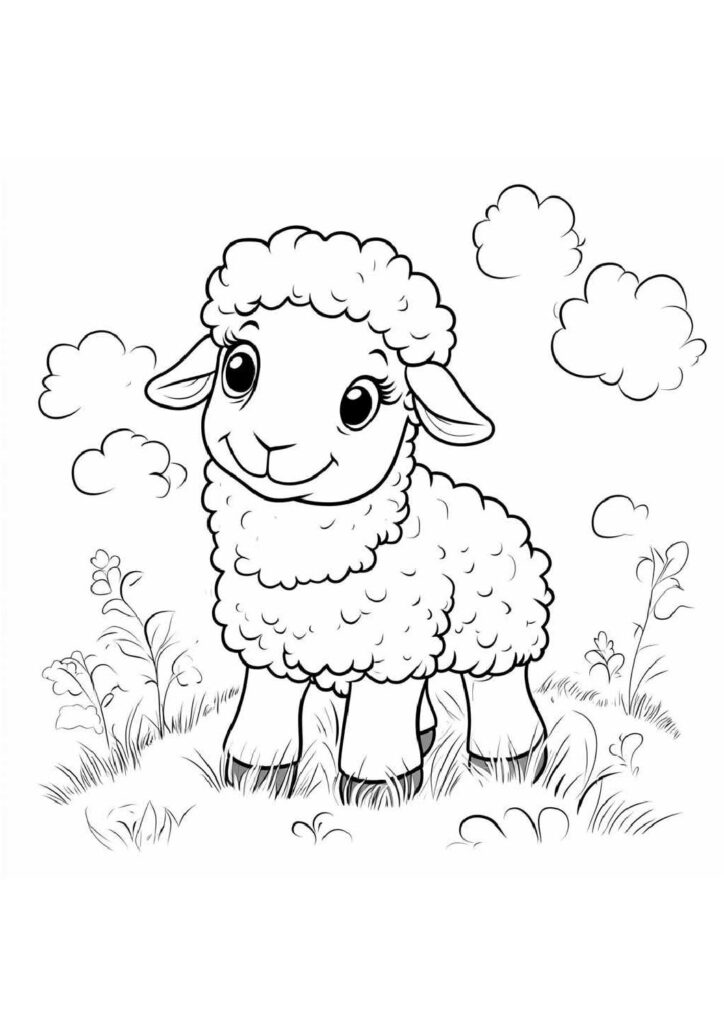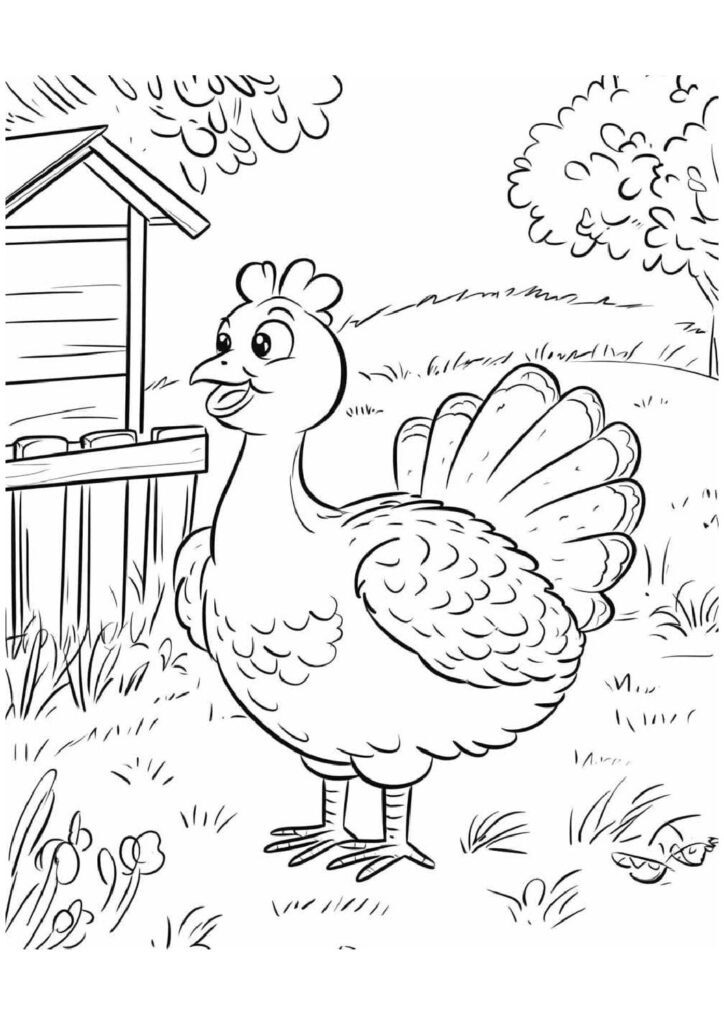15 Free Cows Coloring Pages for Download (Printable PDF)
Discover our free printable collection of cow coloring pages featuring friendly farm animals and dairy cows! Download these high-quality sheets showcasing cute calves, spotted Holstein cows, and peaceful pasture scenes. Perfect for kids, farm lovers, and animal enthusiasts, these detailed farm animal coloring pages capture the gentle charm of these beloved barnyard friends. Each printable sheet brings these moo-velous creatures to life!
Fascinating Cow Facts: The Complete Guide to These Remarkable Ruminants
Introduction
Cows represent one of humanity’s most significant animal relationships, with domestication dating back approximately 10,500 years to the wild aurochs of the Middle East and South Asia. These remarkable ruminants now number more than 1.5 billion worldwide, playing crucial roles in agriculture, religion, and cultural practices across diverse societies while demonstrating surprising intelligence and social complexity.
Cognitive Capabilities
Cows exhibit impressive problem-solving abilities, with studies demonstrating they can navigate complex mazes and remember solutions for years. Research at Cambridge University revealed that young cattle experience “eureka moments” during learning tasks, showing excitement when solving cognitive puzzles, while their emotional intelligence allows them to form deep social bonds and recognize over 100 different herd members individually.
Social Structure
Cattle maintain sophisticated social hierarchies with friendship bonds lasting years or even lifetimes when allowed to develop naturally. Female cows typically form small groups of 2-8 preferred companions with whom they graze and rest together, while research demonstrates they experience stress when separated from these preferred social partners, highlighting the importance of stable relationships for their wellbeing.
Communication Methods
Cows possess a complex vocal communication system with distinctive calls for different situations, including specific vocalizations identifying themselves to their calves among the herd. Researchers have documented unique “mother-calls” that individual cows use consistently with their offspring, creating a bovine equivalent of name-calling that helps maintain their bond despite separation periods.
Physical Marvels
The bovine digestive system represents an evolutionary marvel with four specialized stomach compartments working together to break down plant matter through fermentation. Their large rumen (first stomach) contains trillions of microorganisms that digest cellulose humans cannot process, essentially functioning as a 40-50 gallon fermentation vat housing bacteria, protozoa, and fungi that convert grass into essential nutrients.
Environmental Considerations
Cattle play complex environmental roles, with management practices significantly influencing their environmental impact. Traditional rotational grazing methods can improve soil health, increase carbon sequestration, and enhance biodiversity, while concentrated industrial practices contribute to higher methane emissions and land degradation, demonstrating how agricultural approaches determine whether cattle benefit or stress ecosystems.
Production Capabilities
A single dairy cow typically produces about 7.5 gallons of milk daily, totaling nearly 2,500 gallons annually when in production. This remarkable output represents a biological transformation of plant matter inedible to humans into highly nutritious food, with modern dairy cows producing about 4.5 times more milk than their counterparts from the 1940s through genetic selection and improved nutrition.
